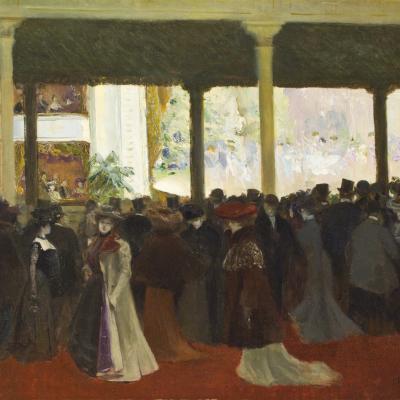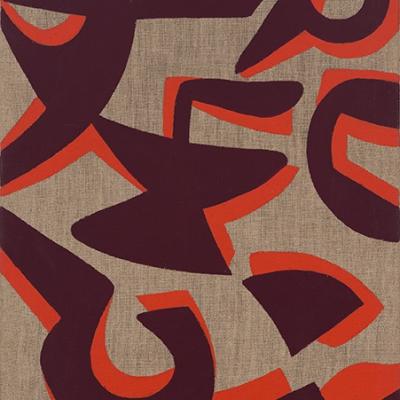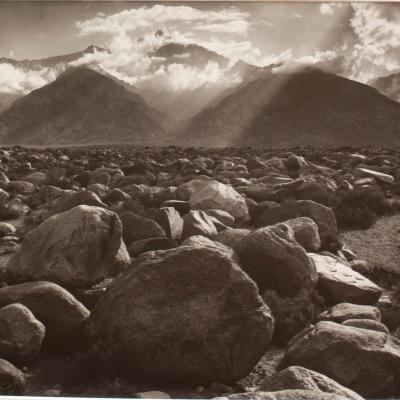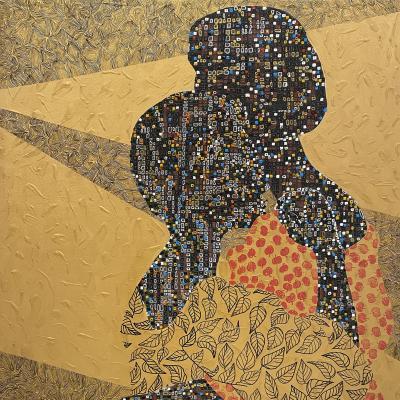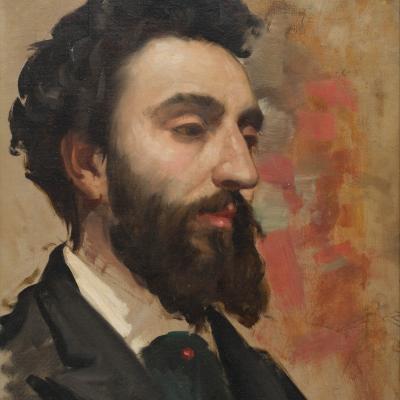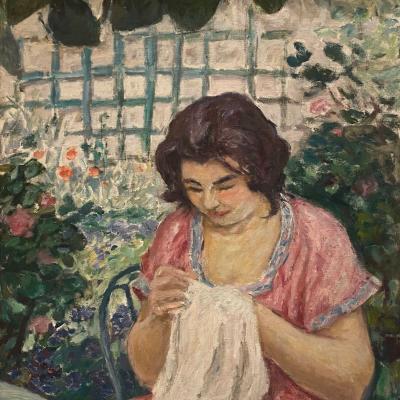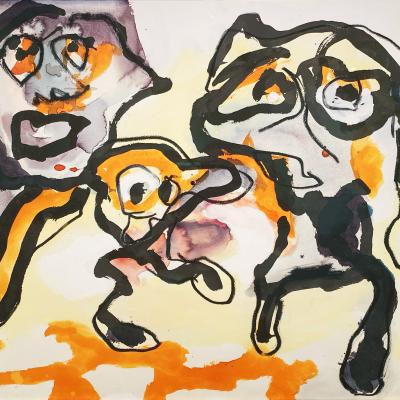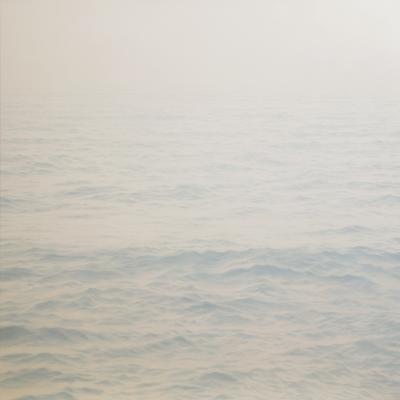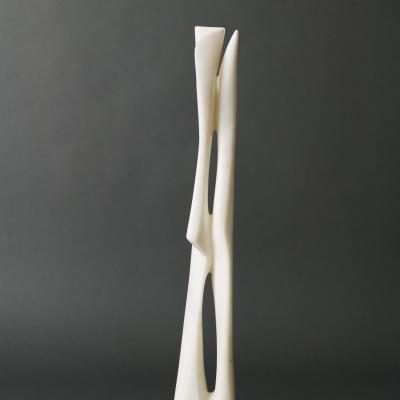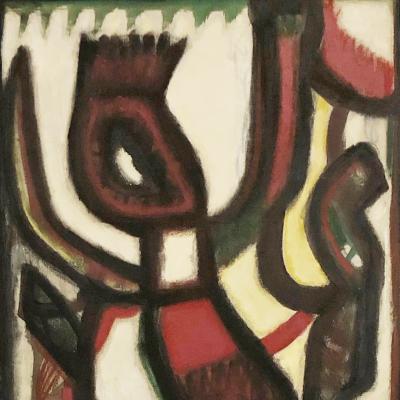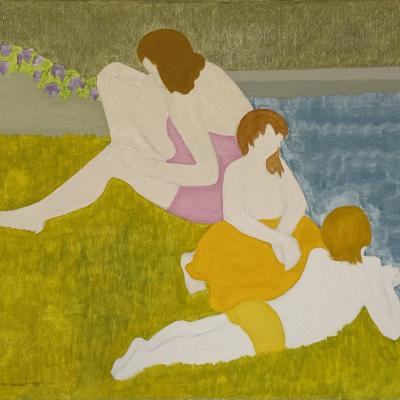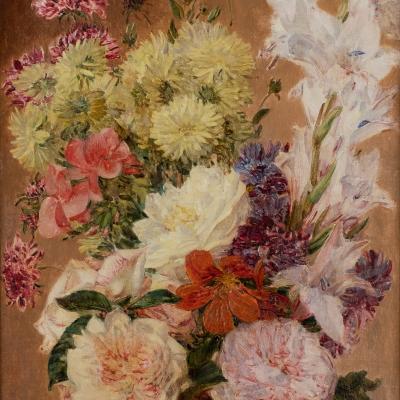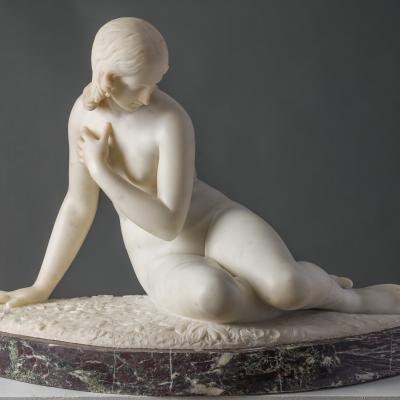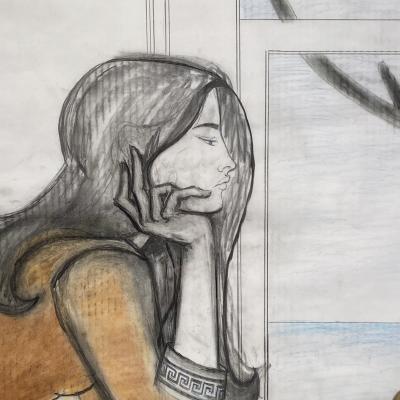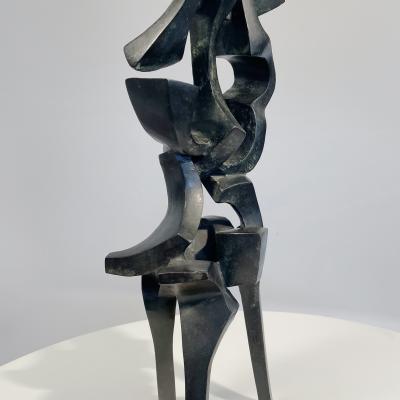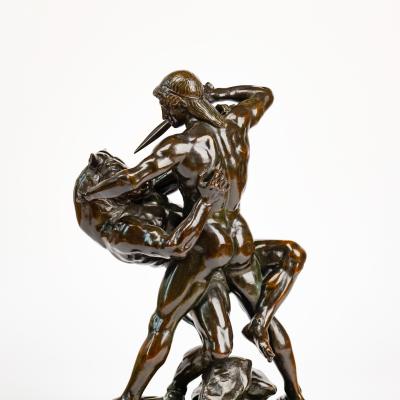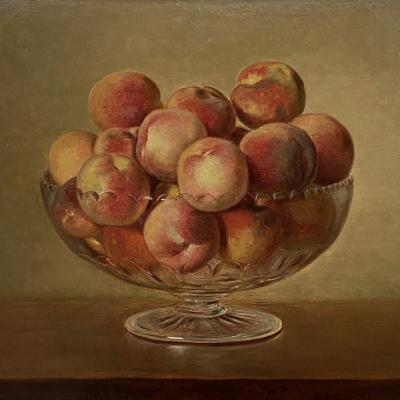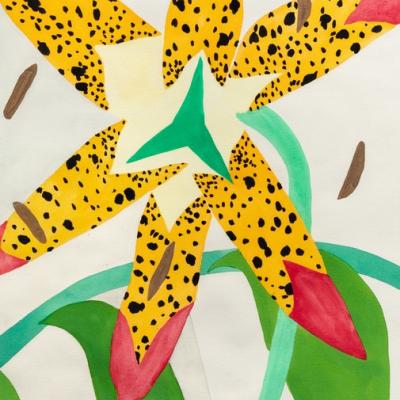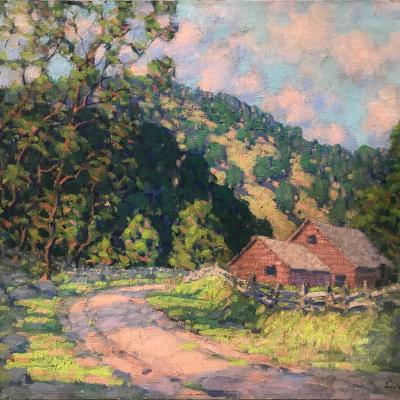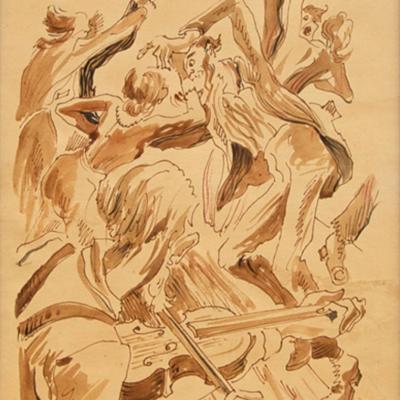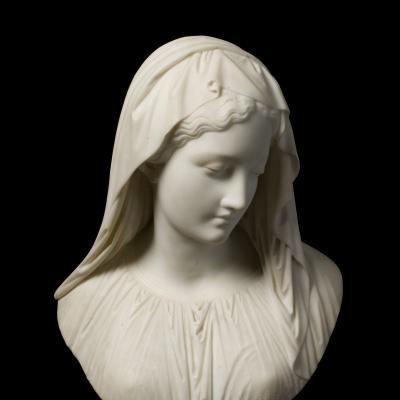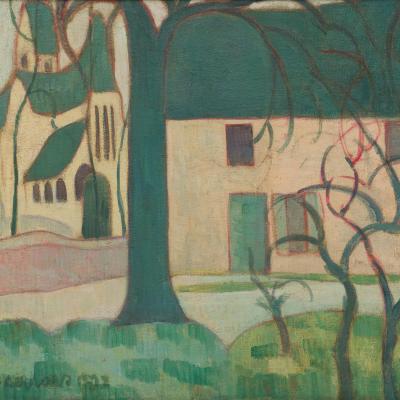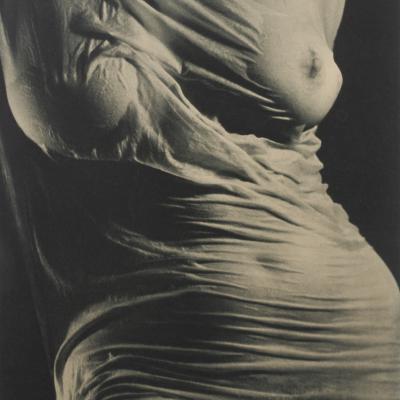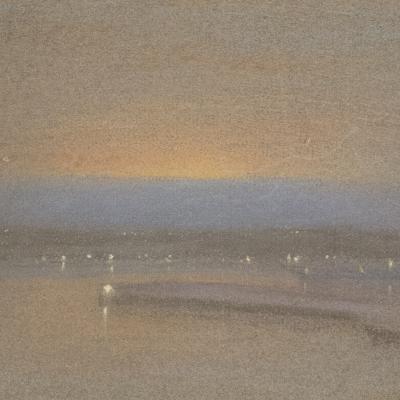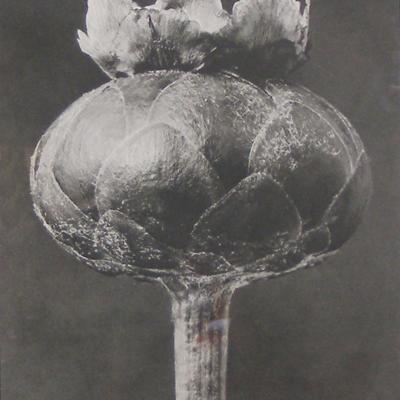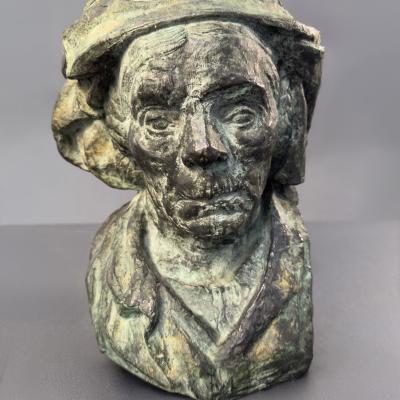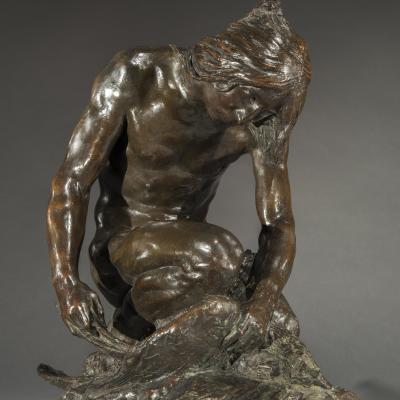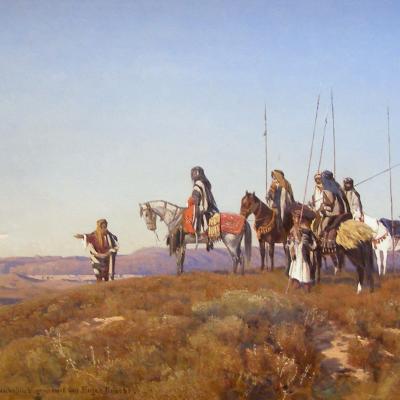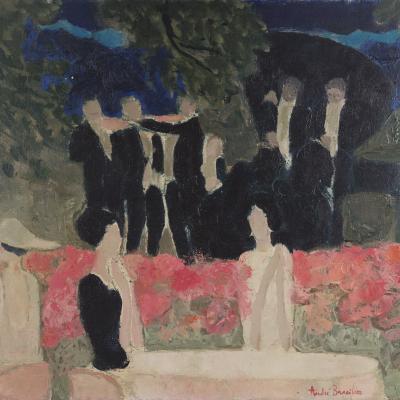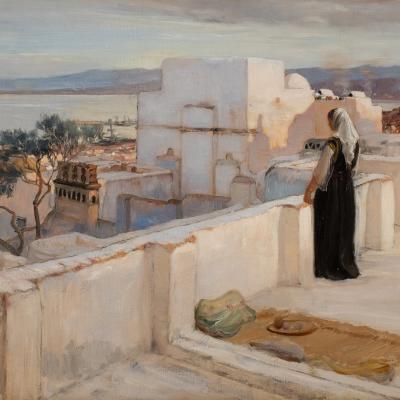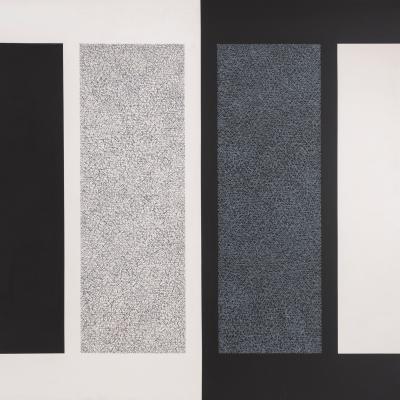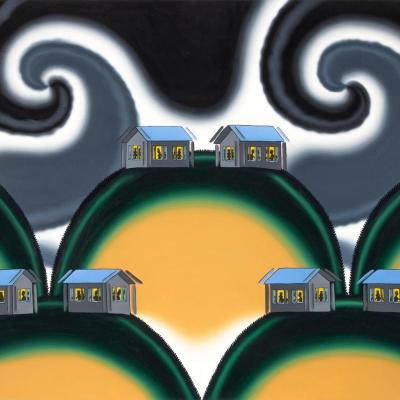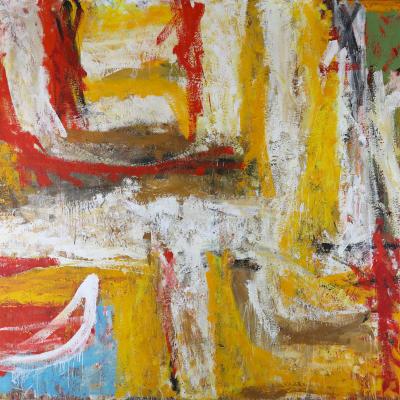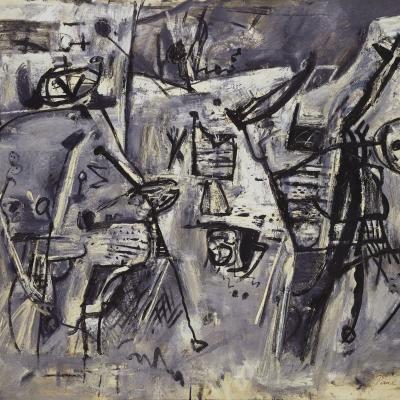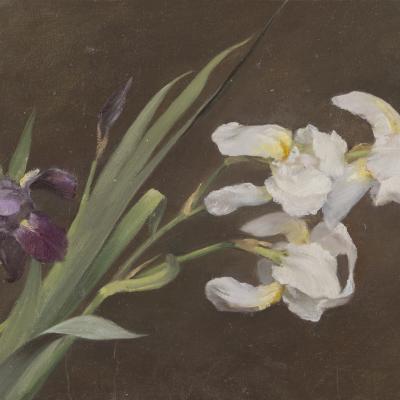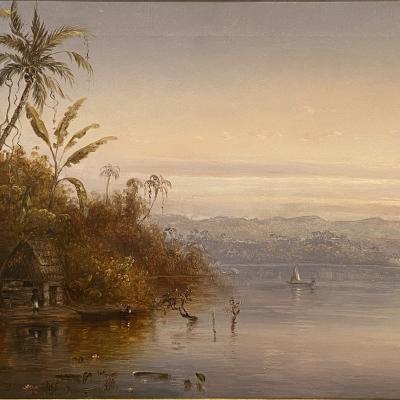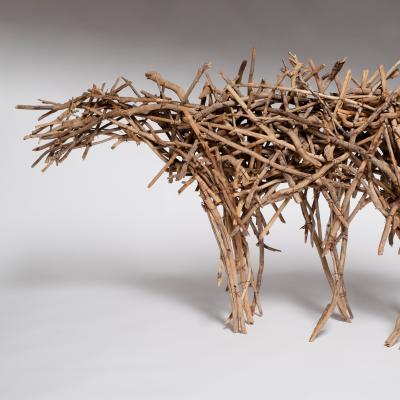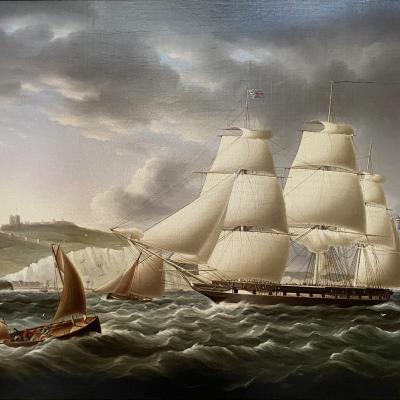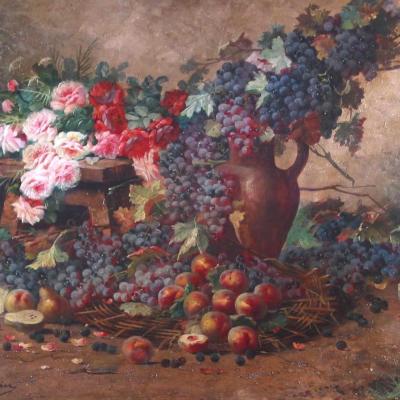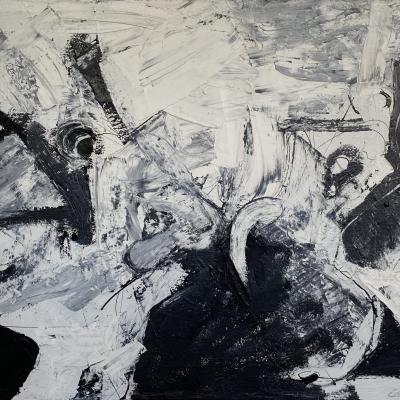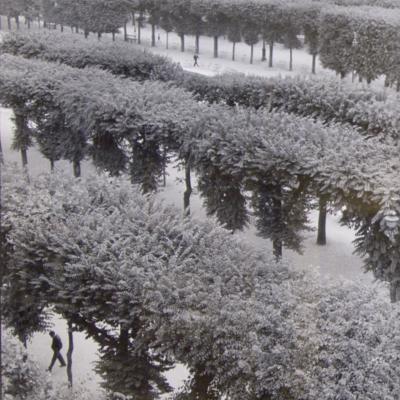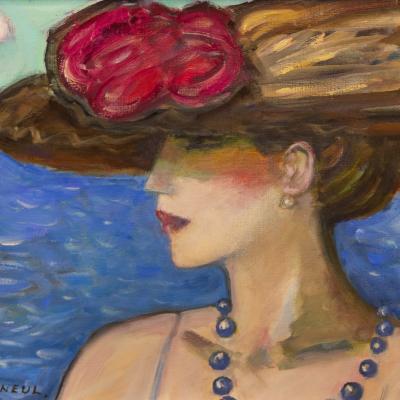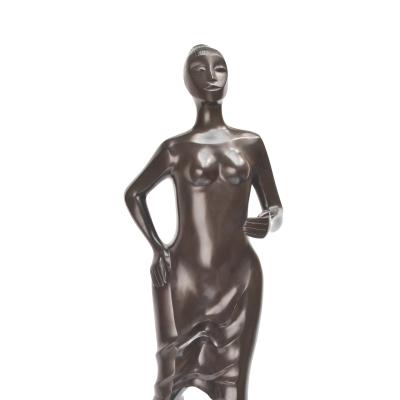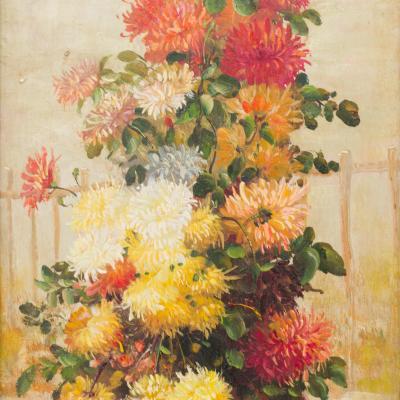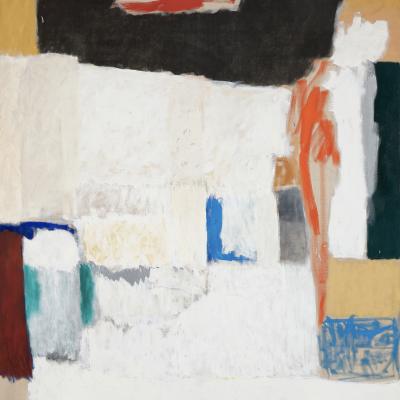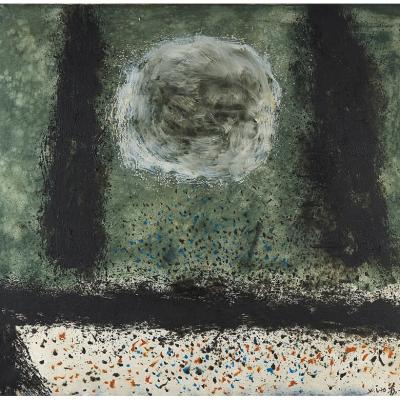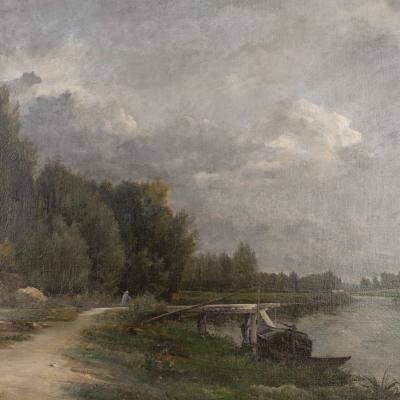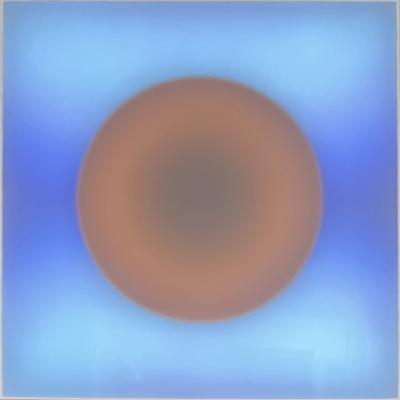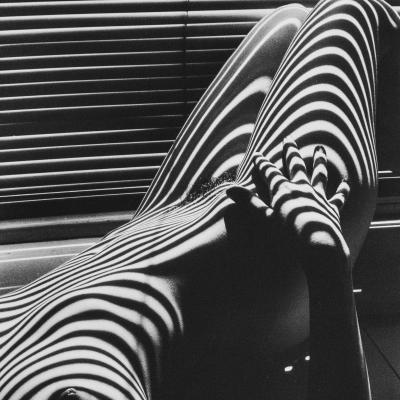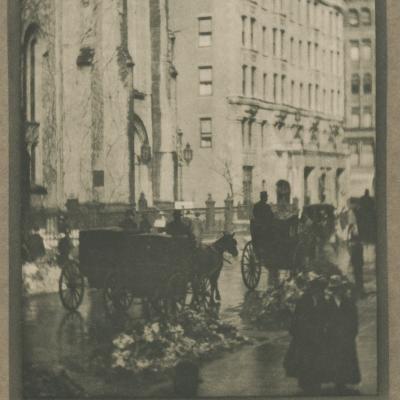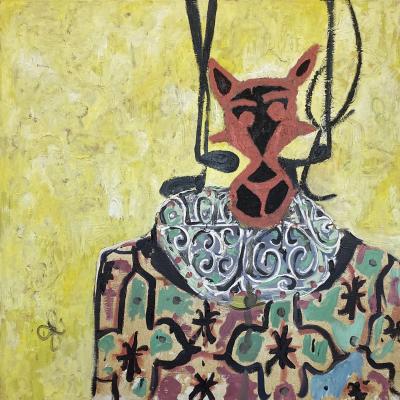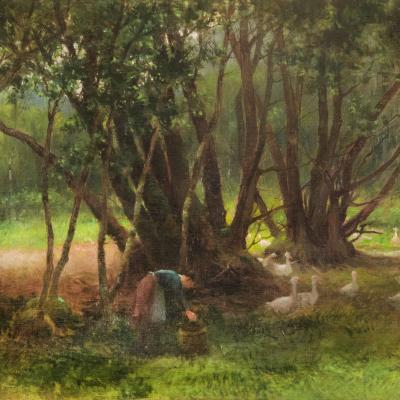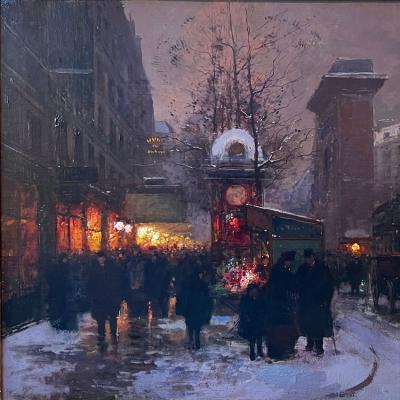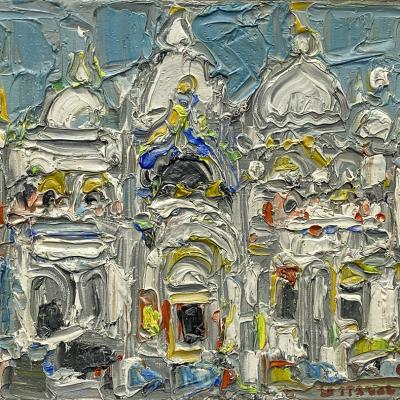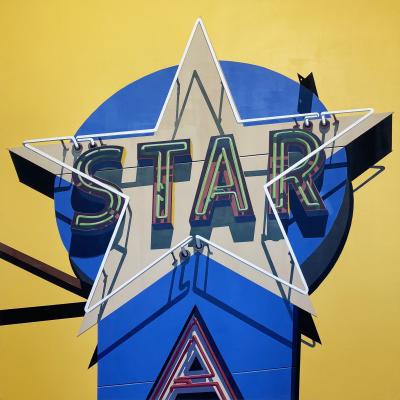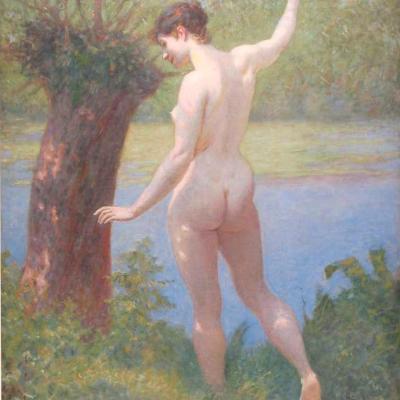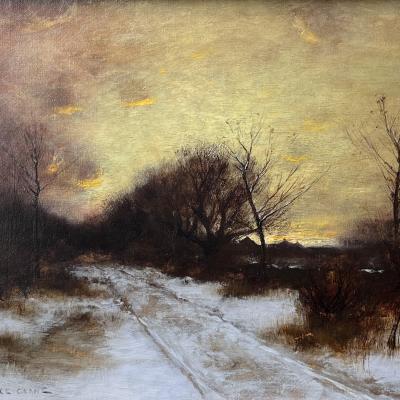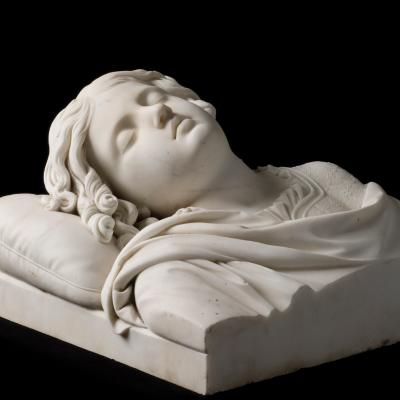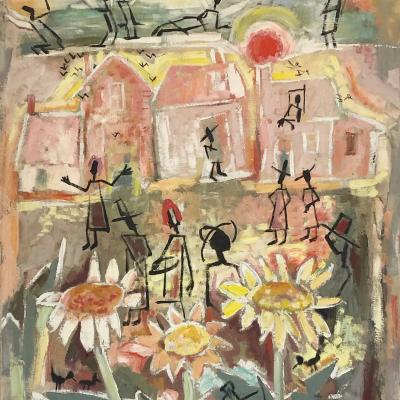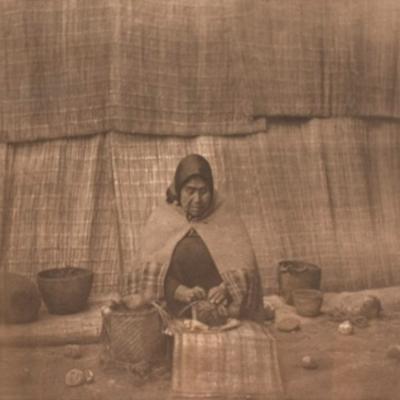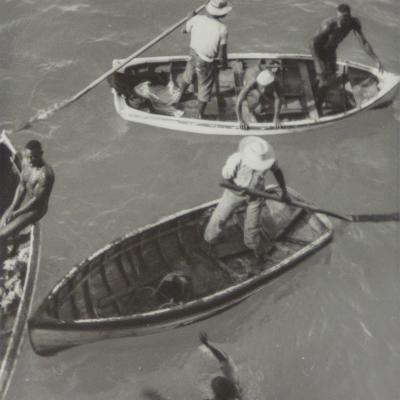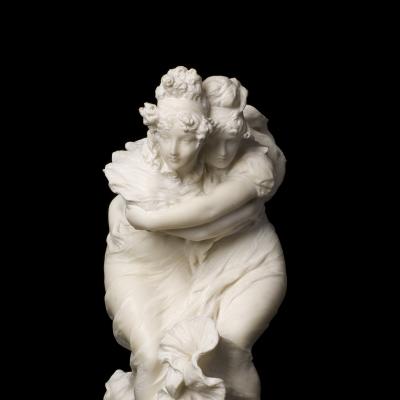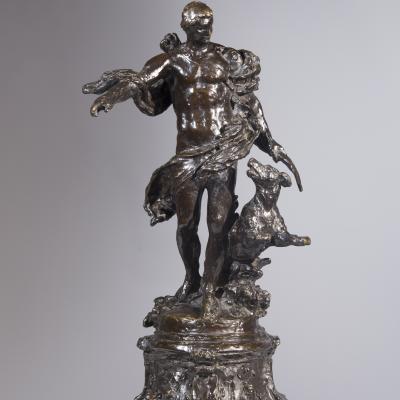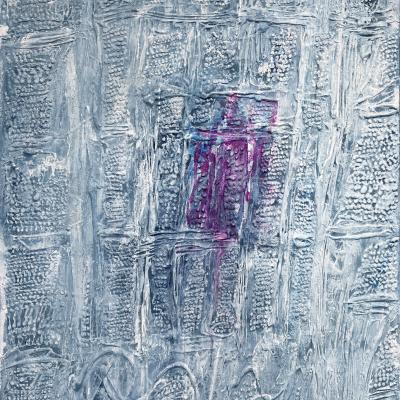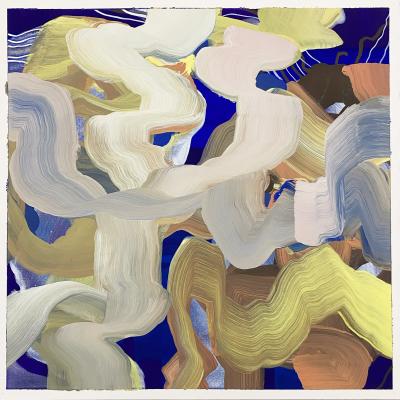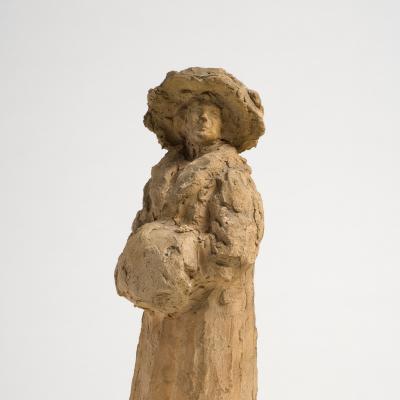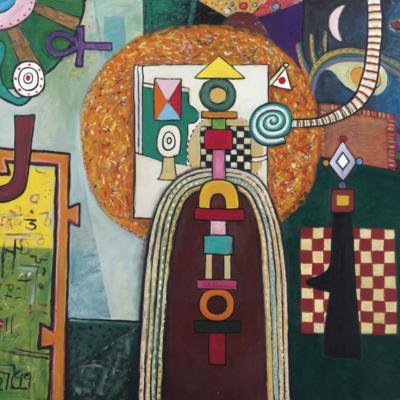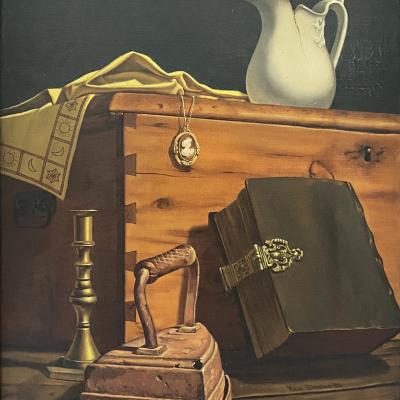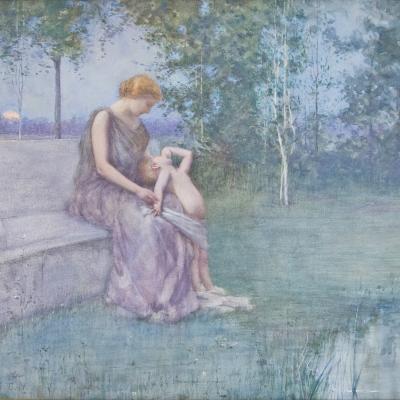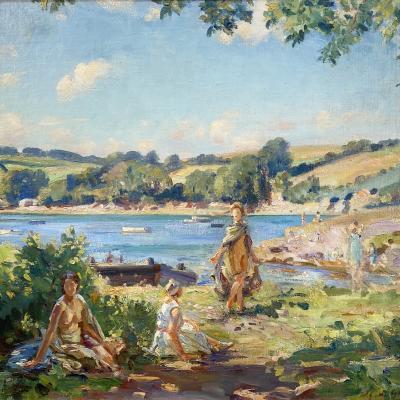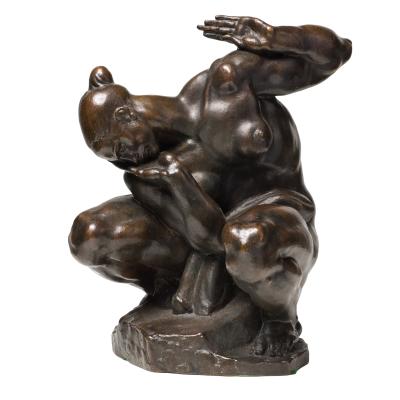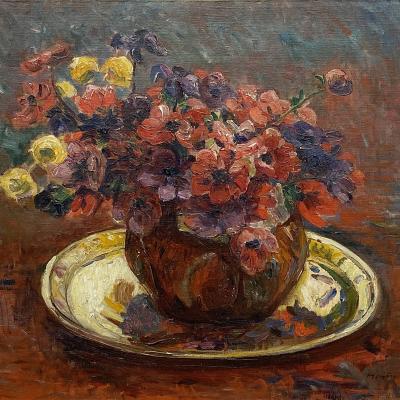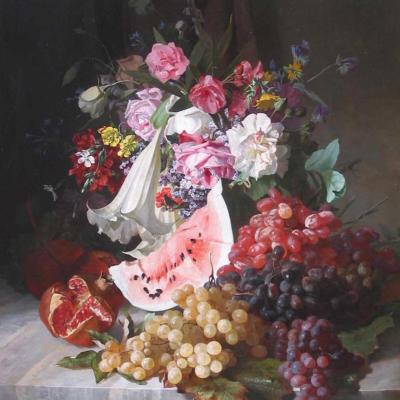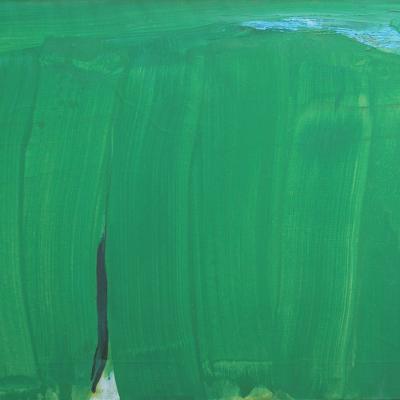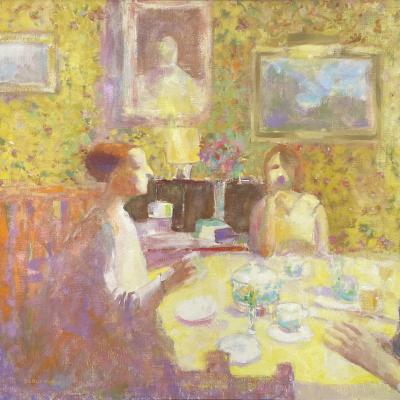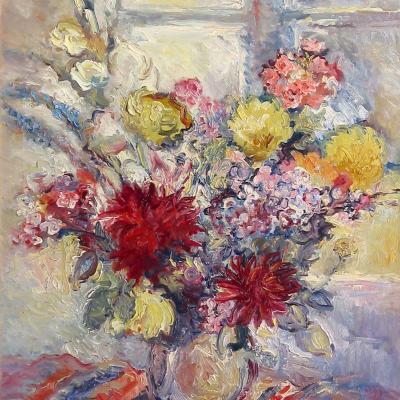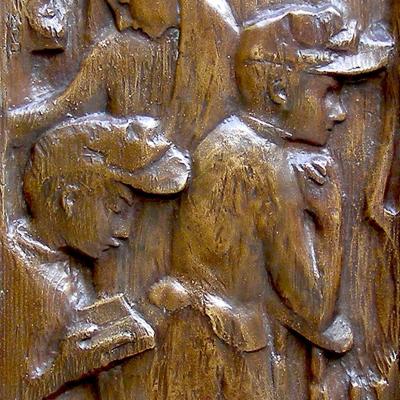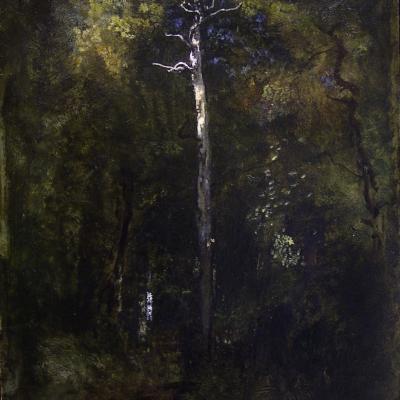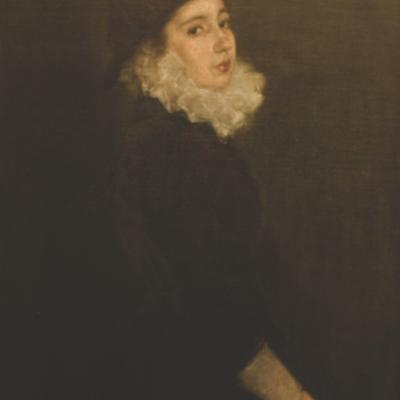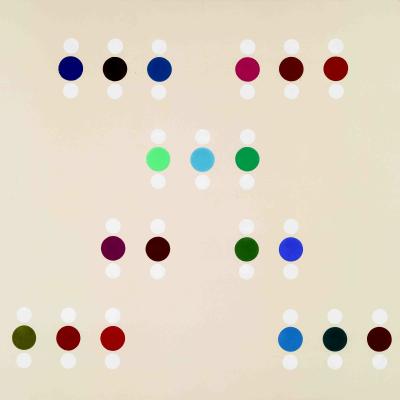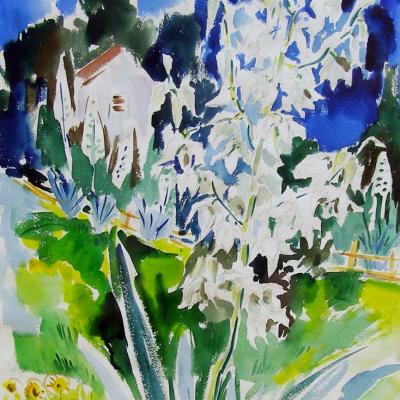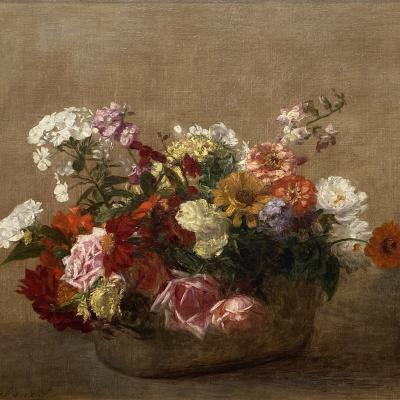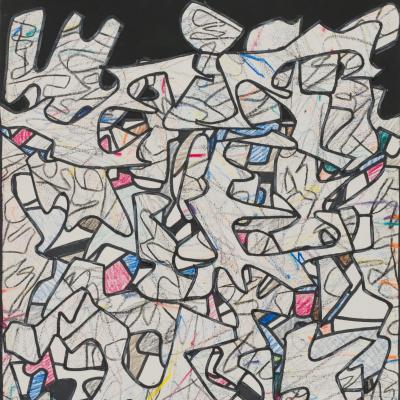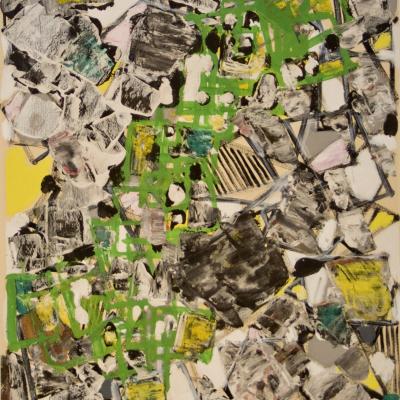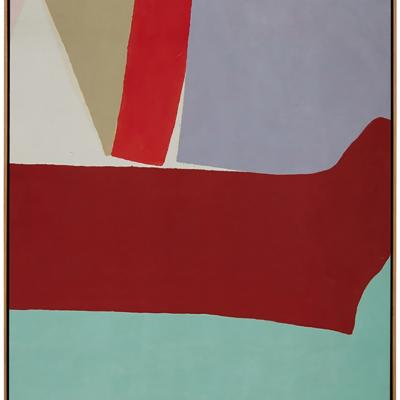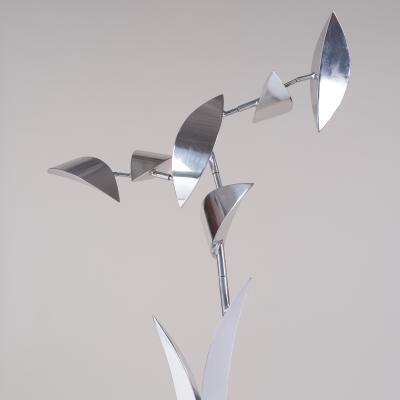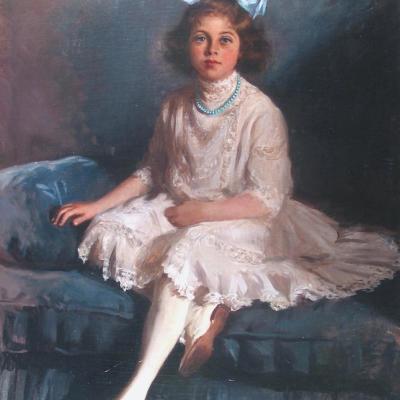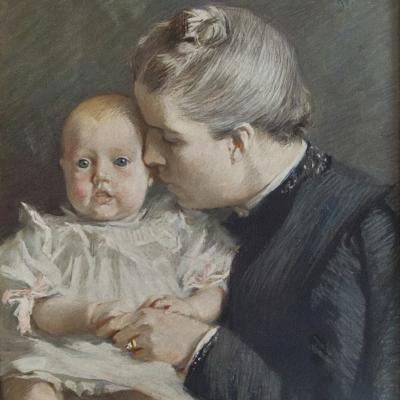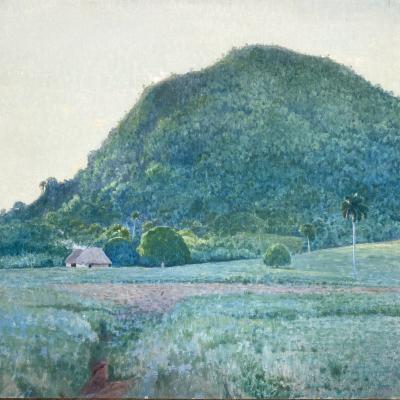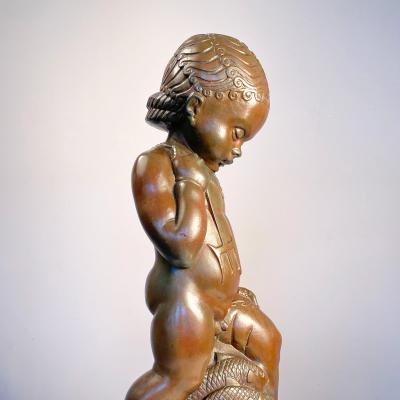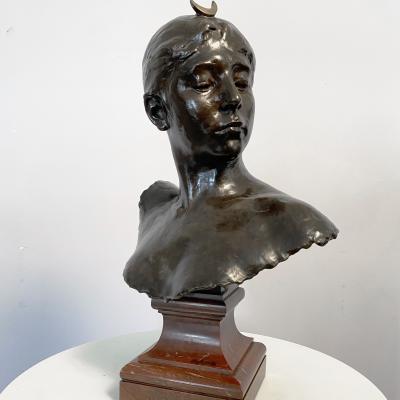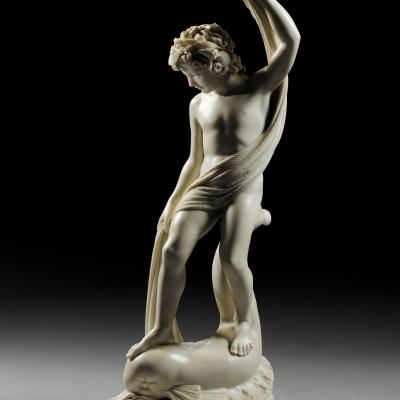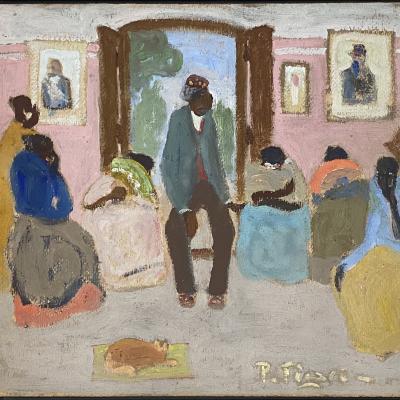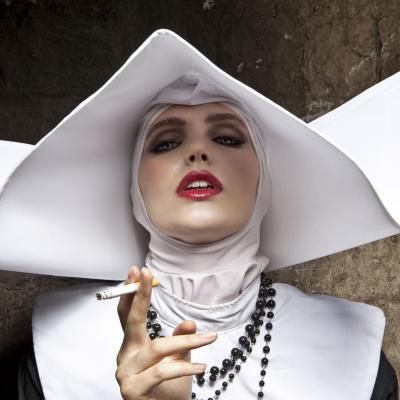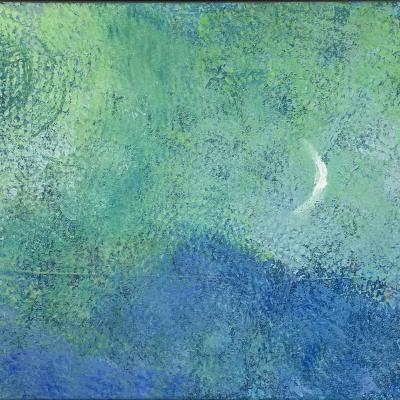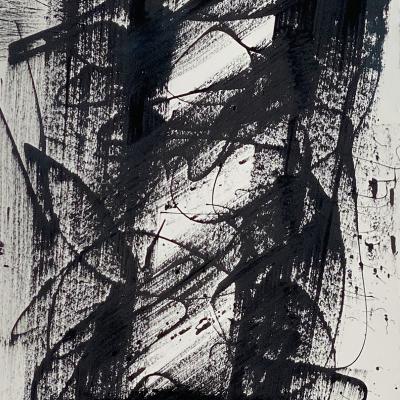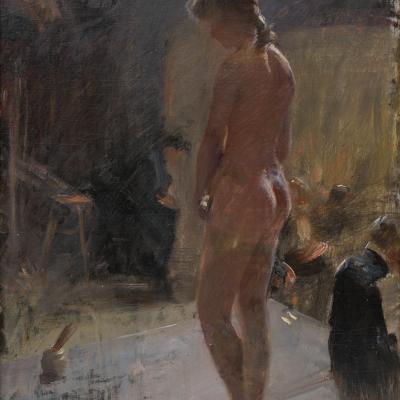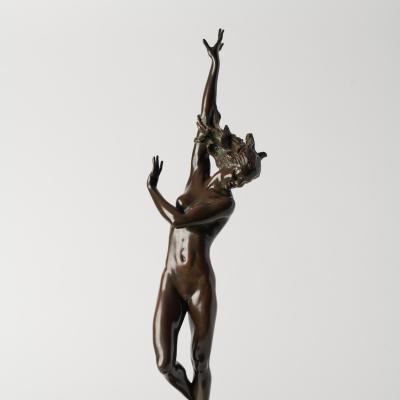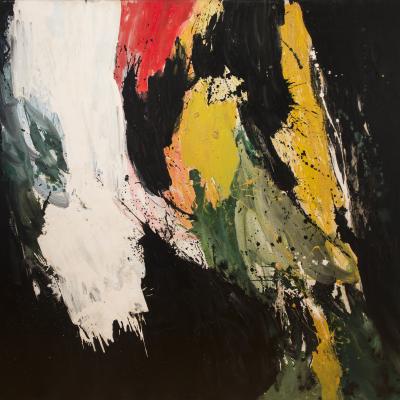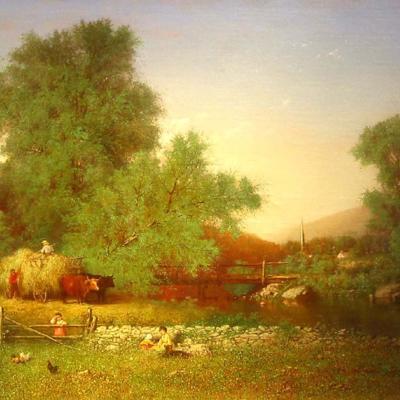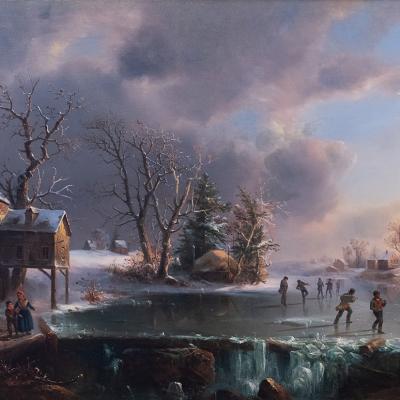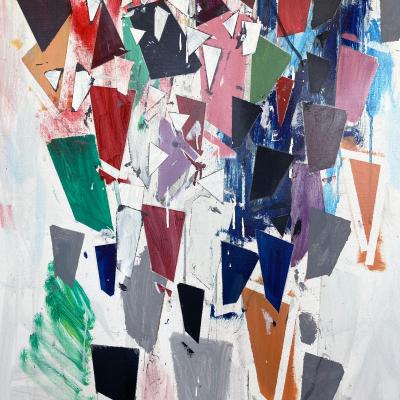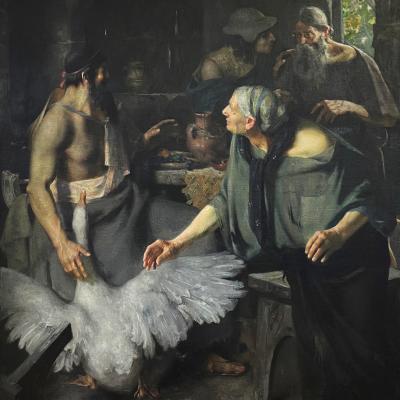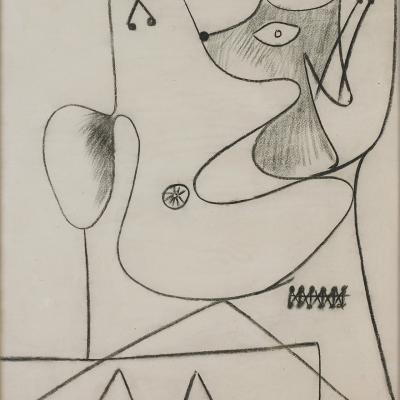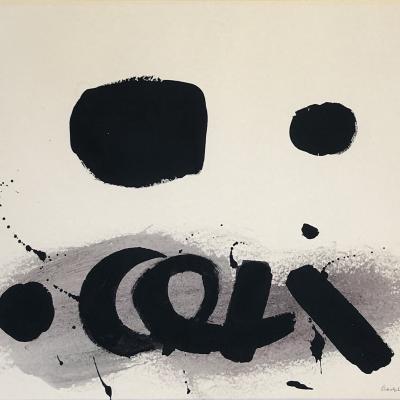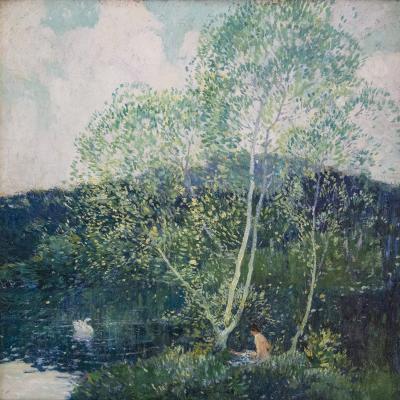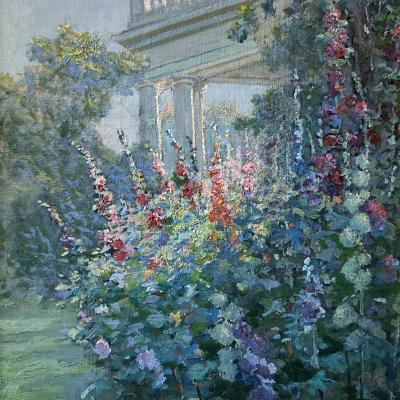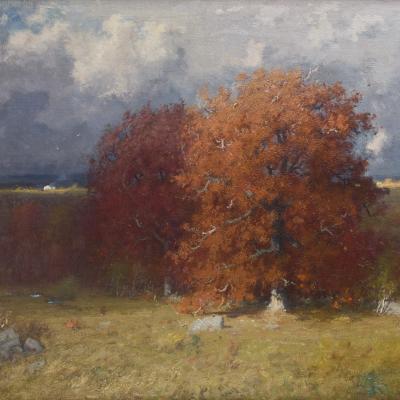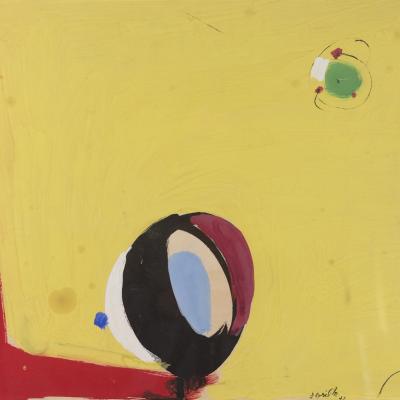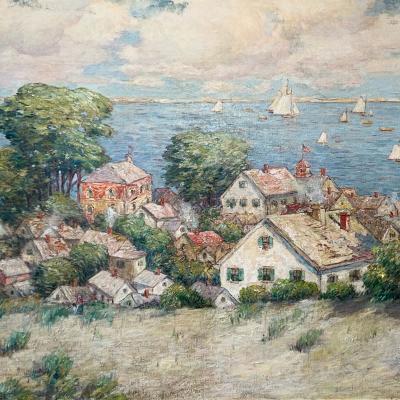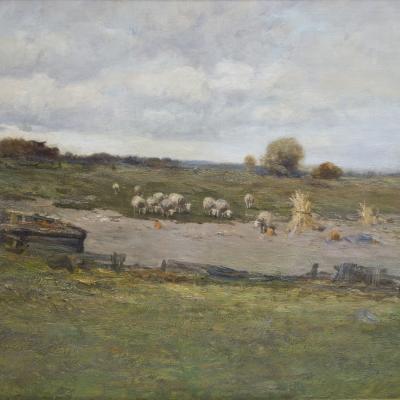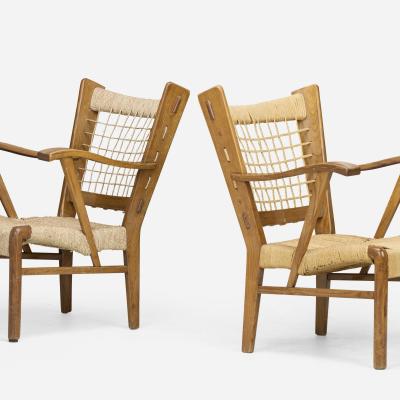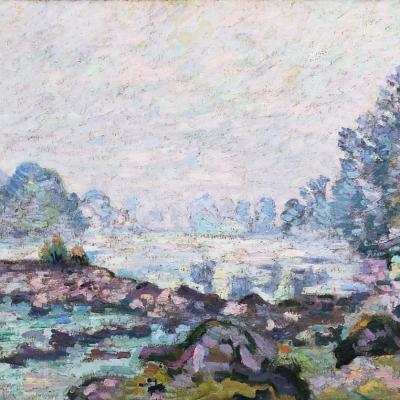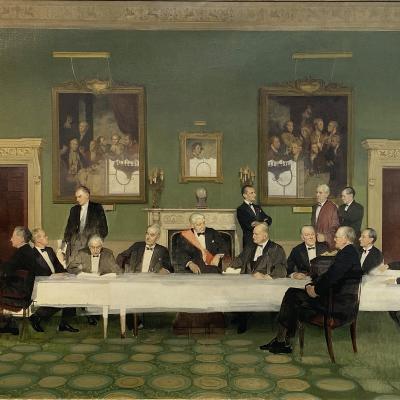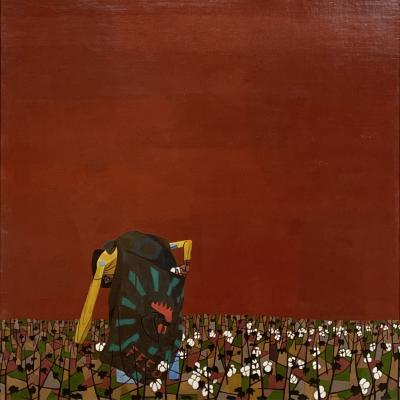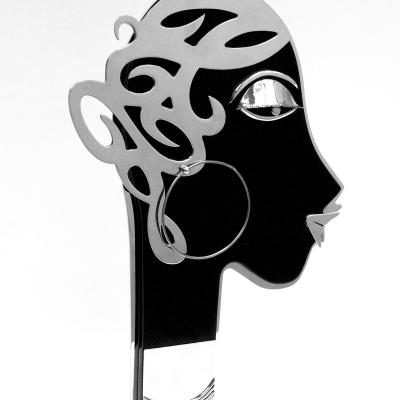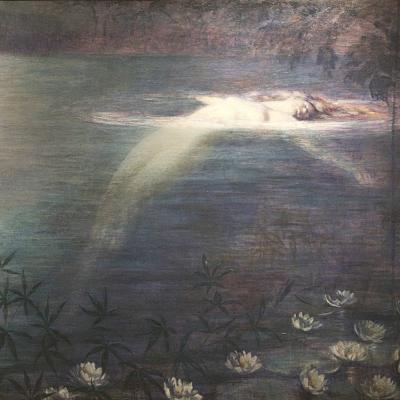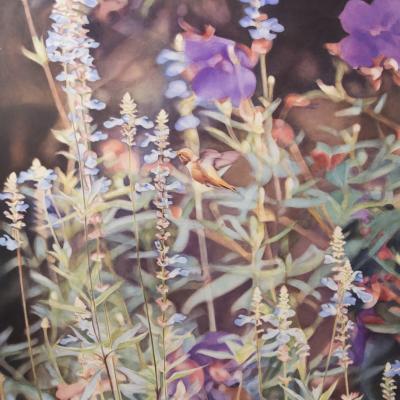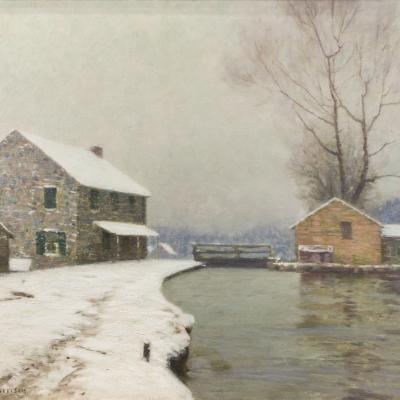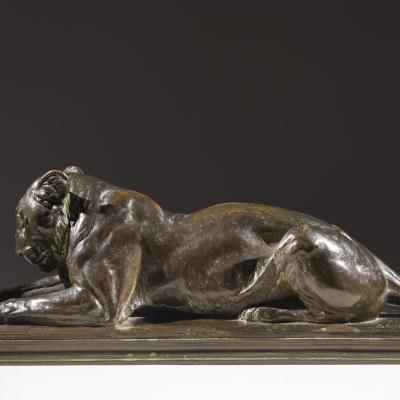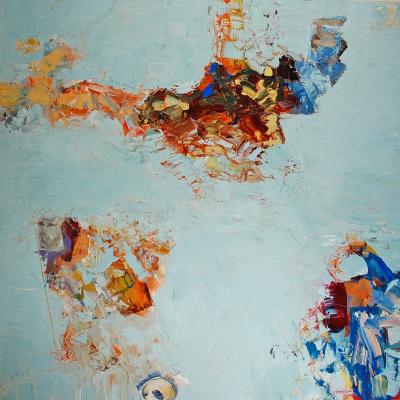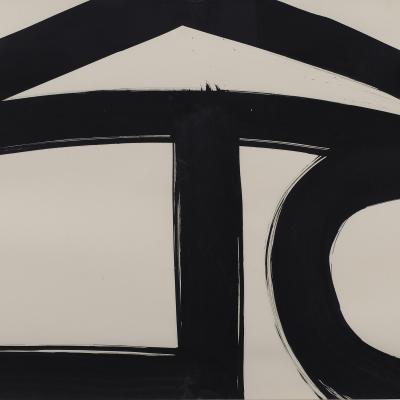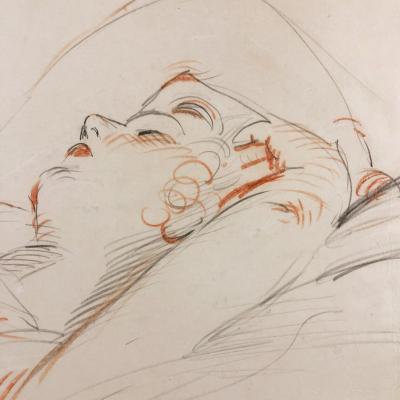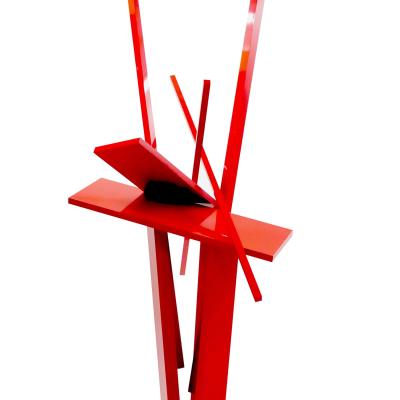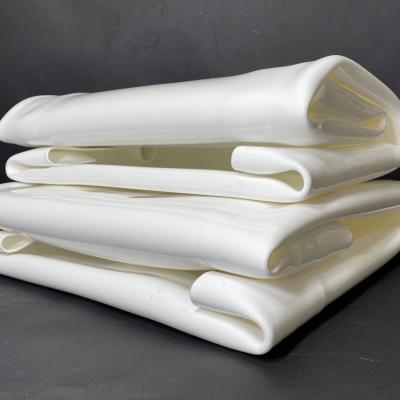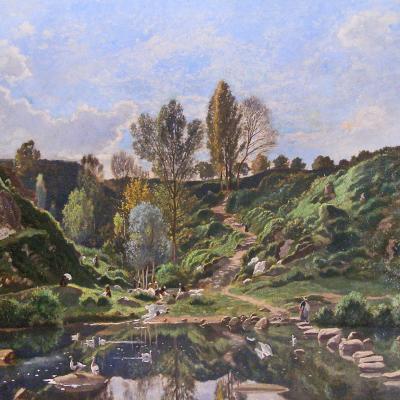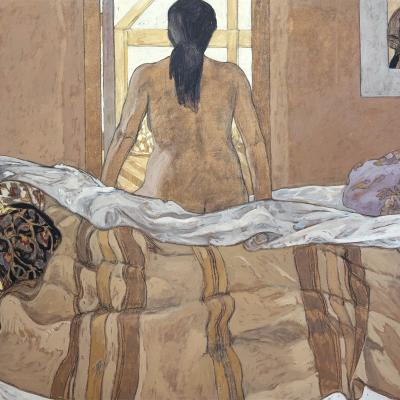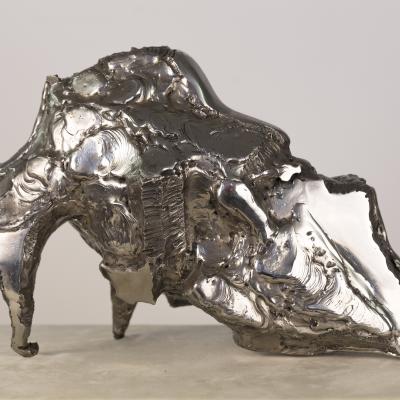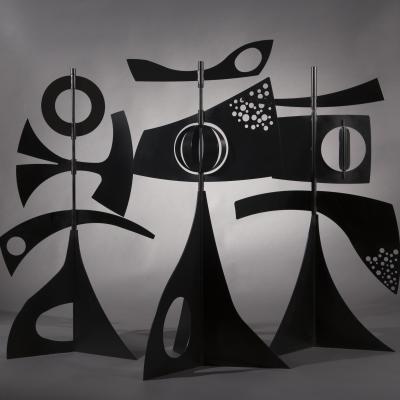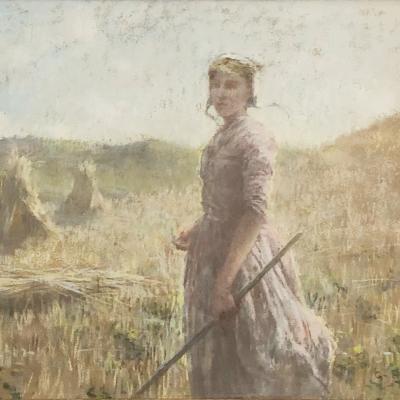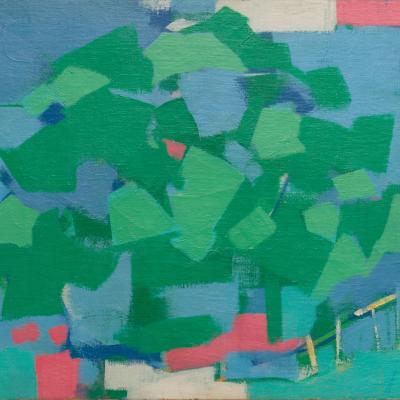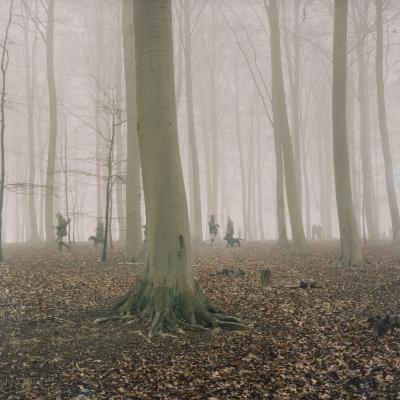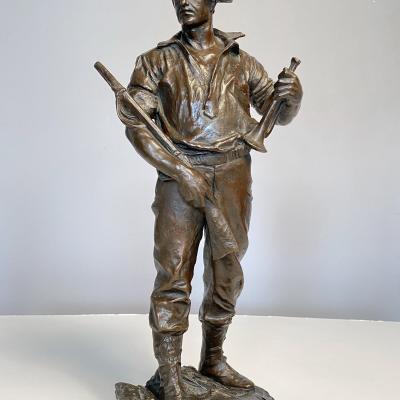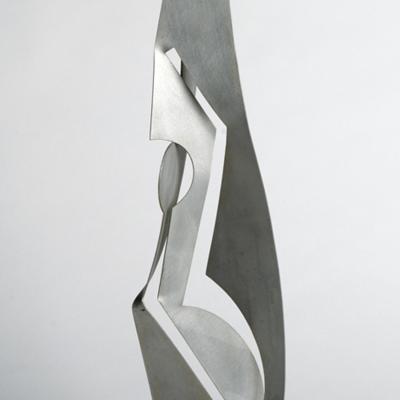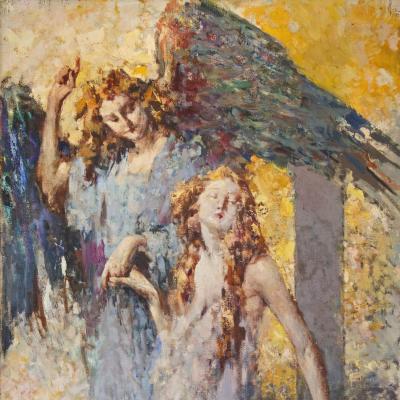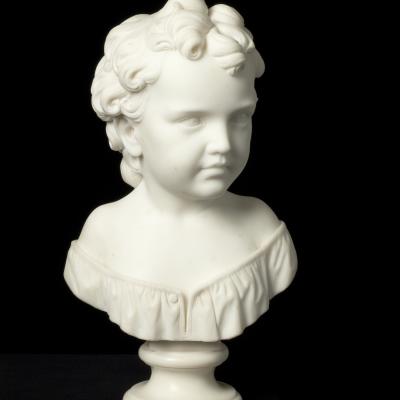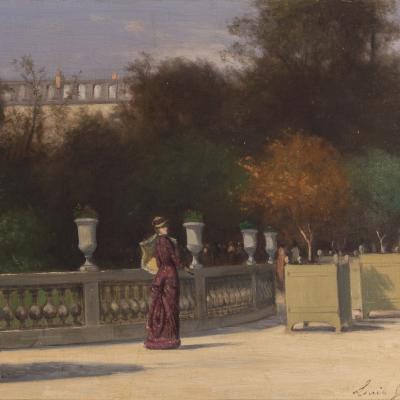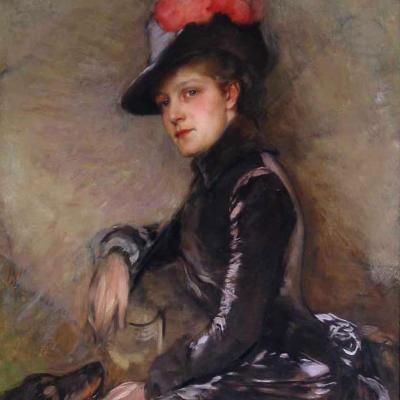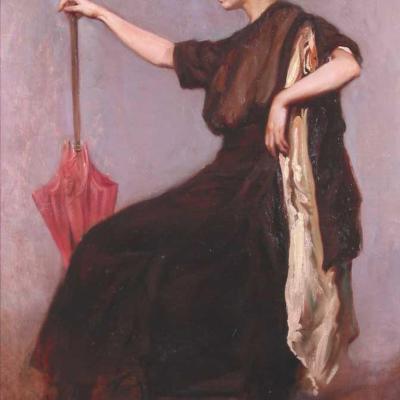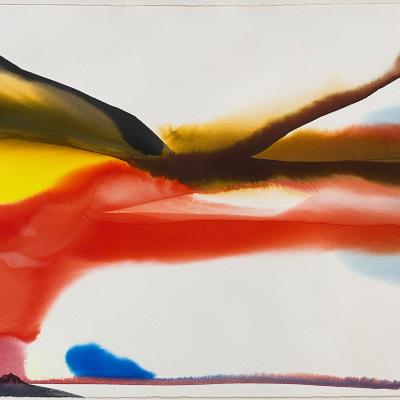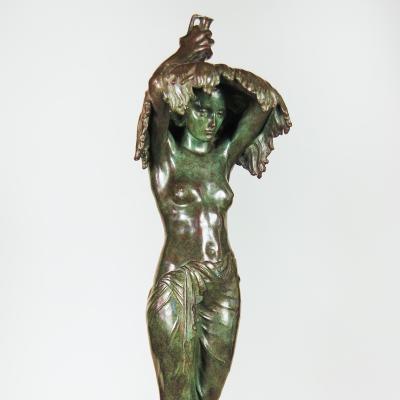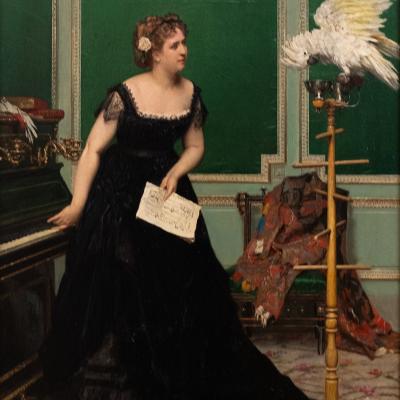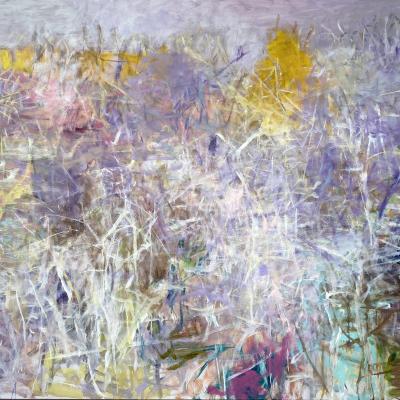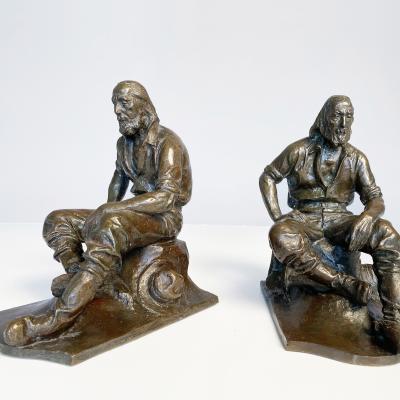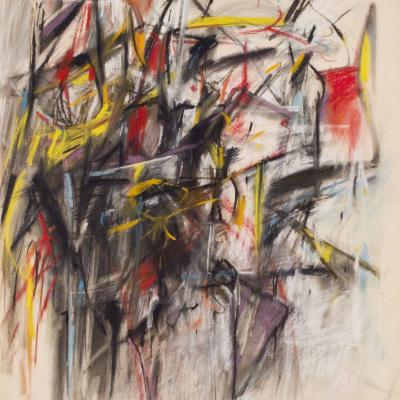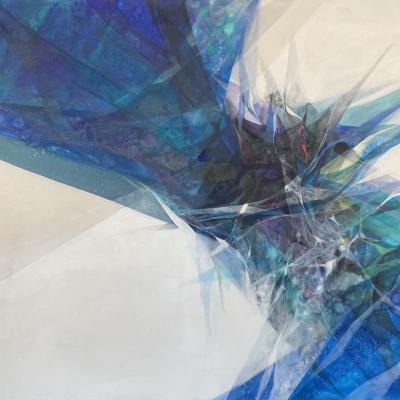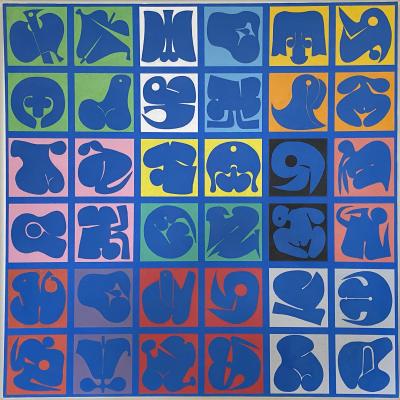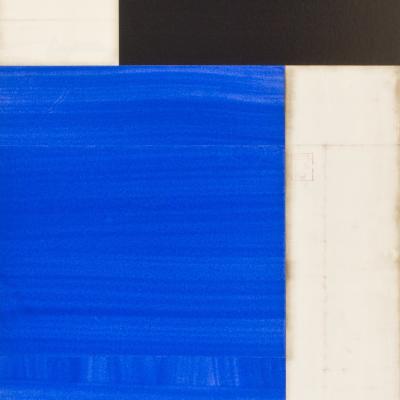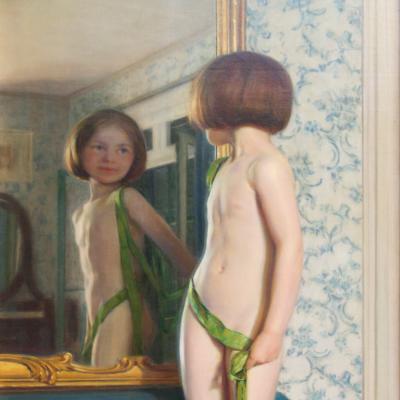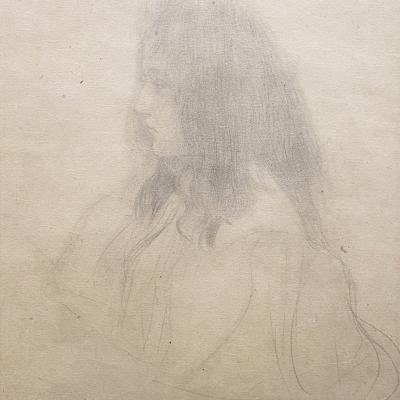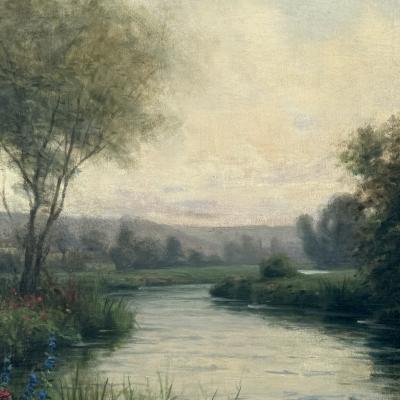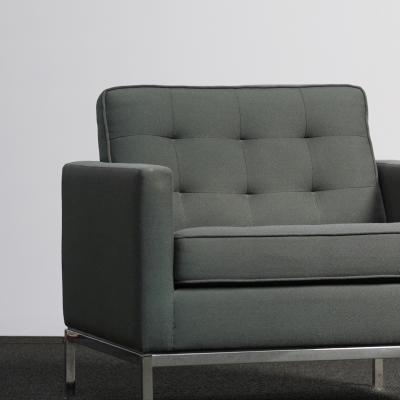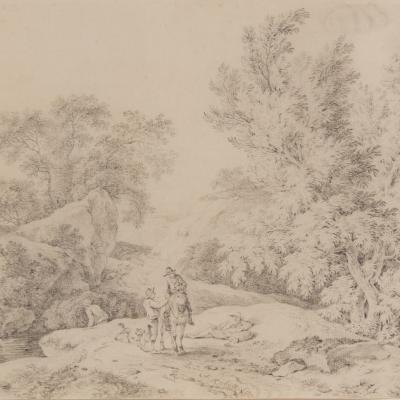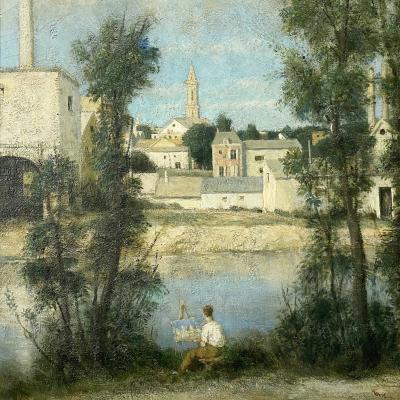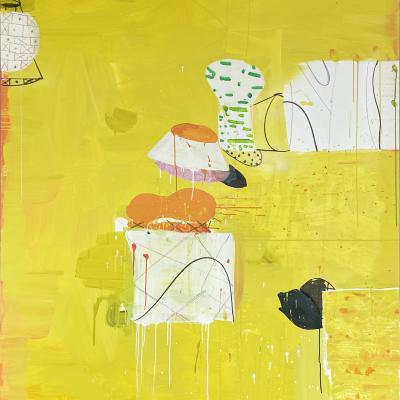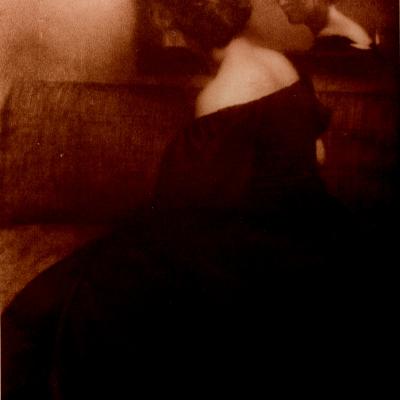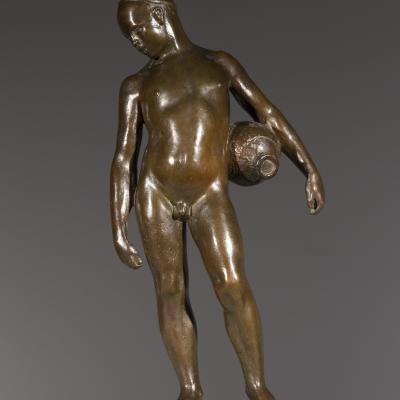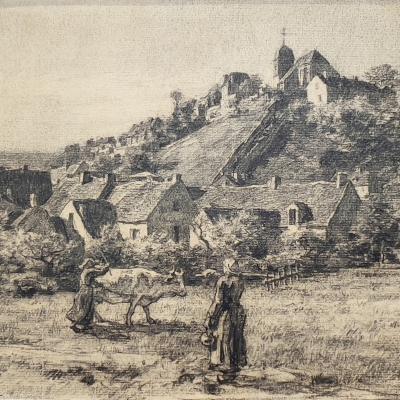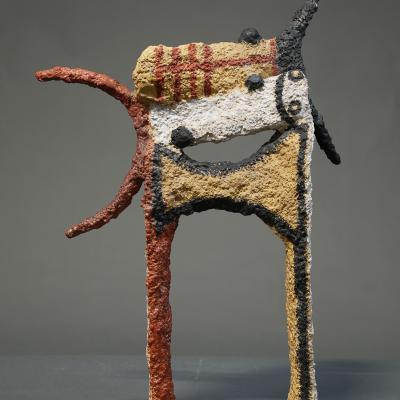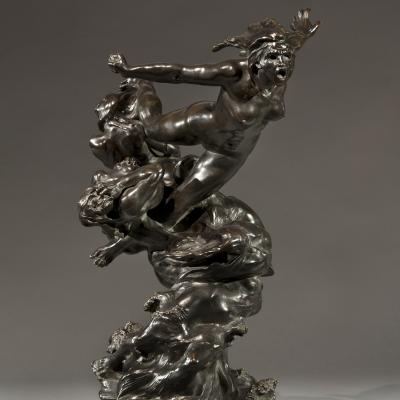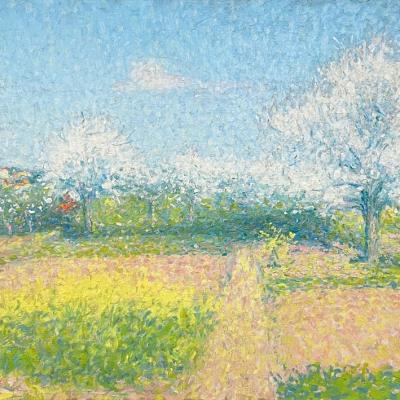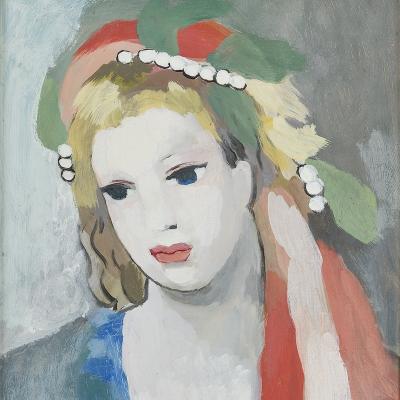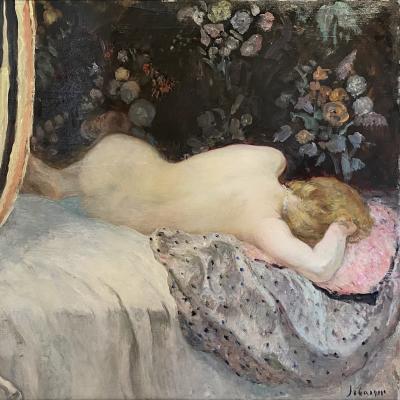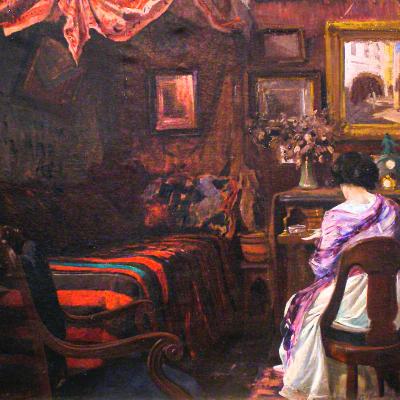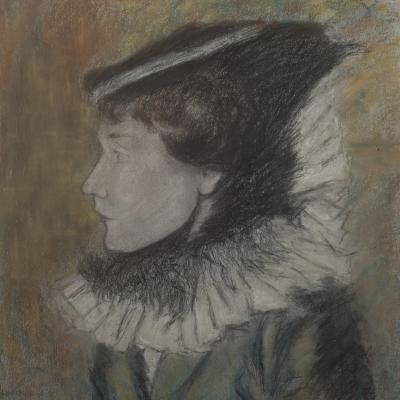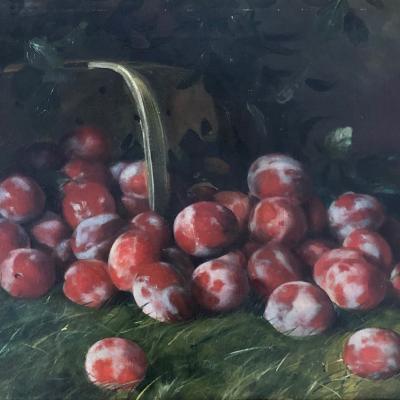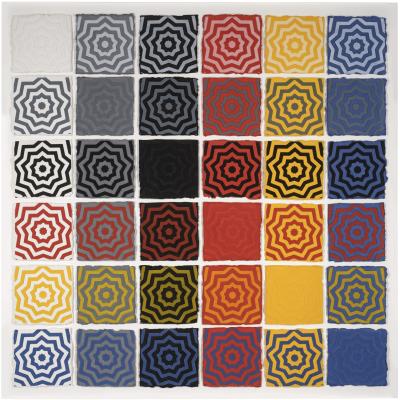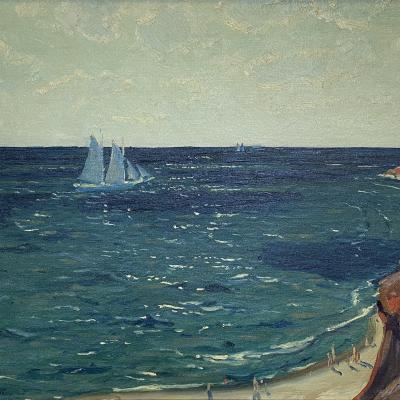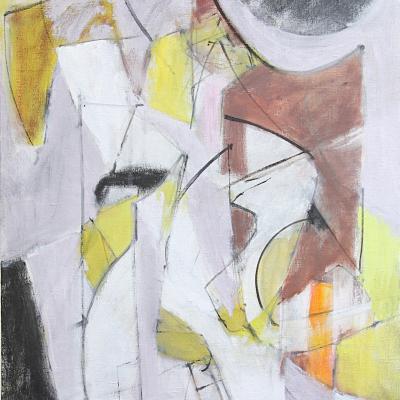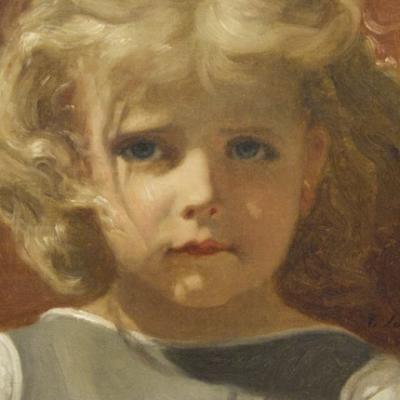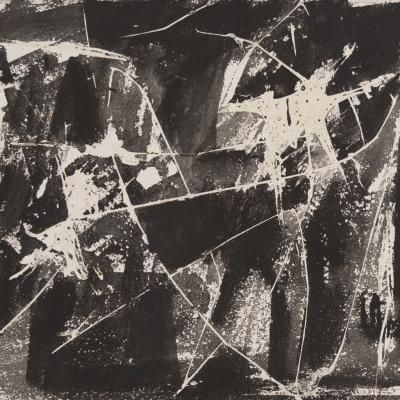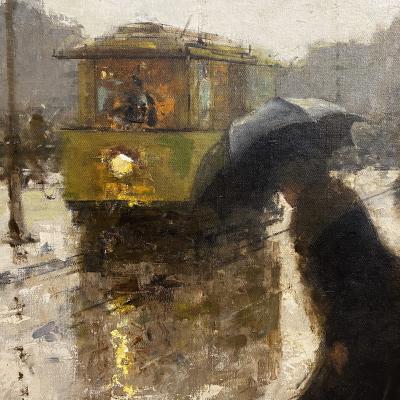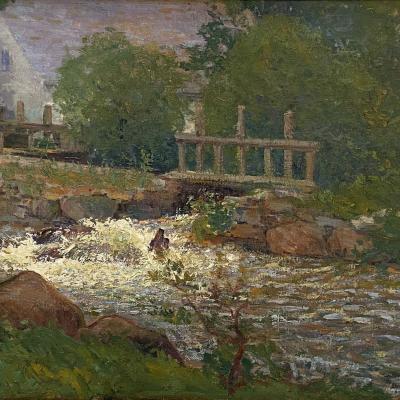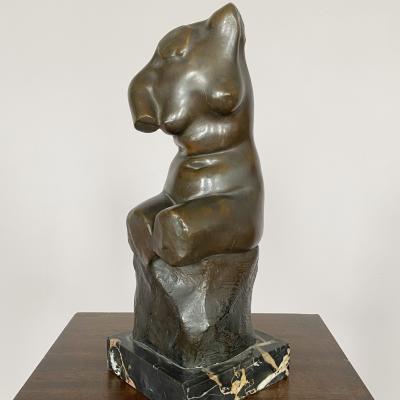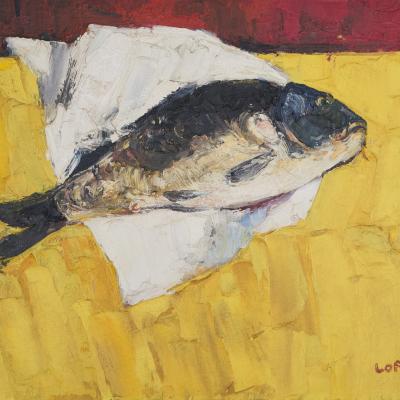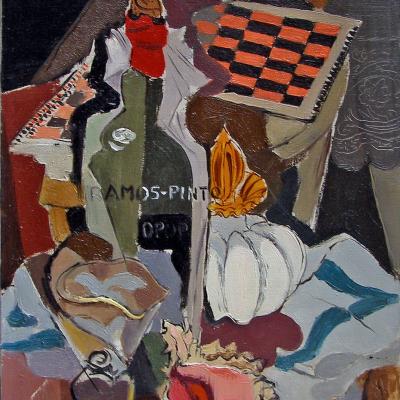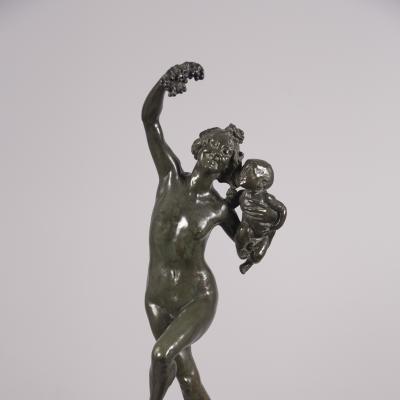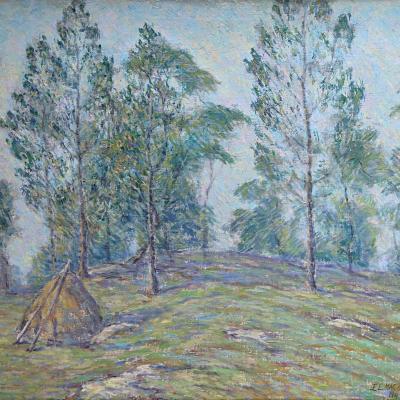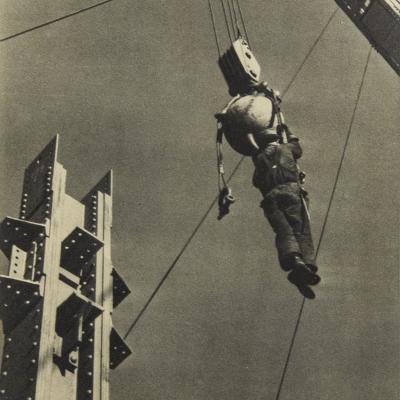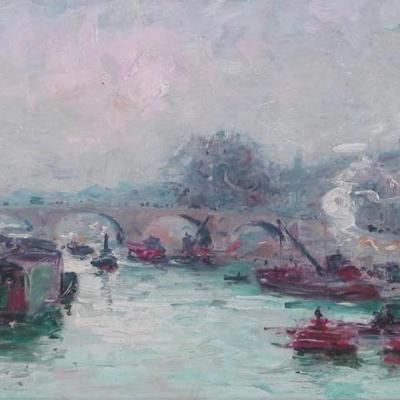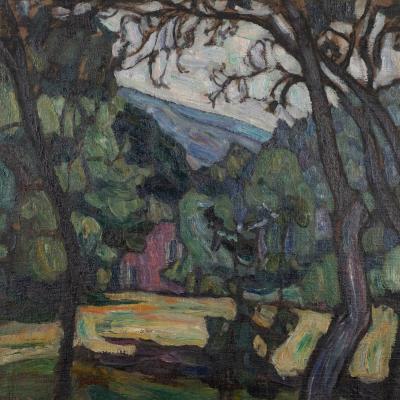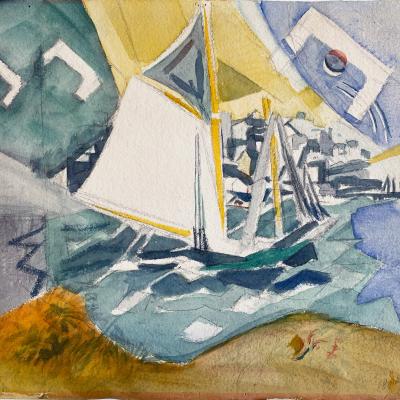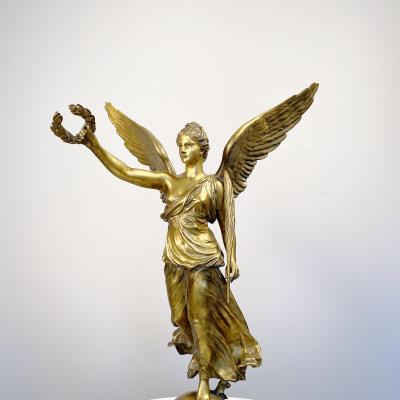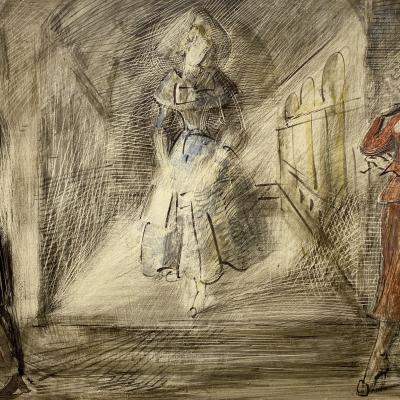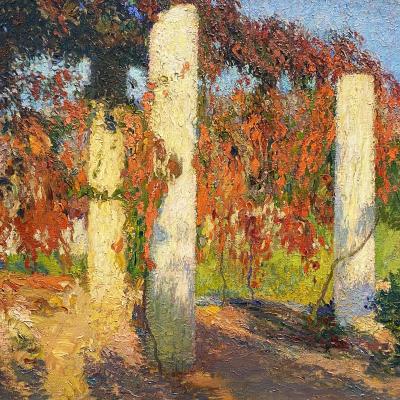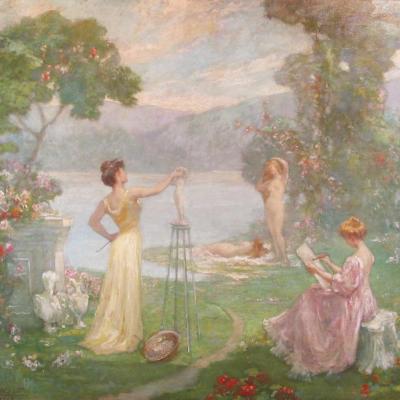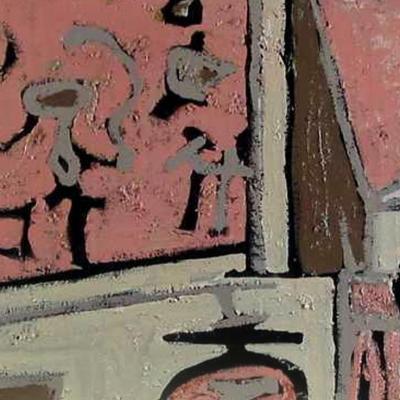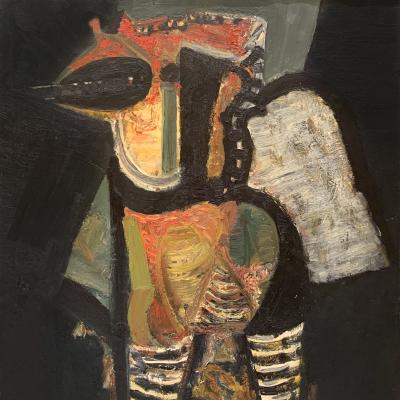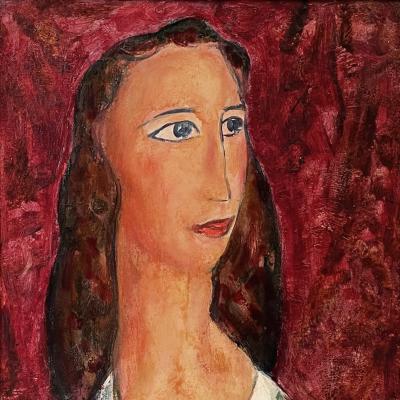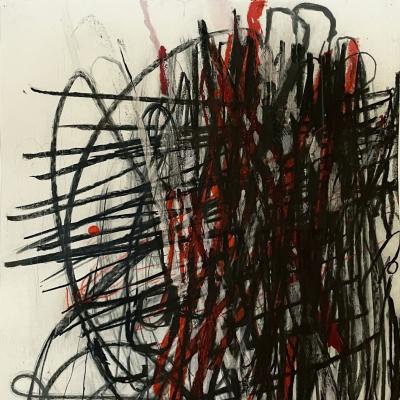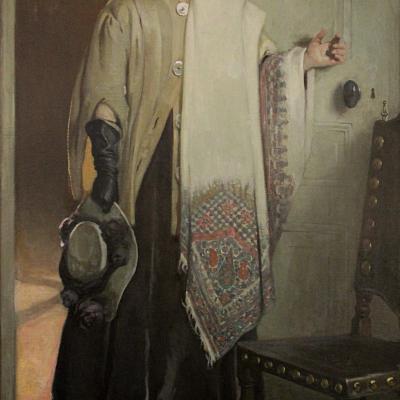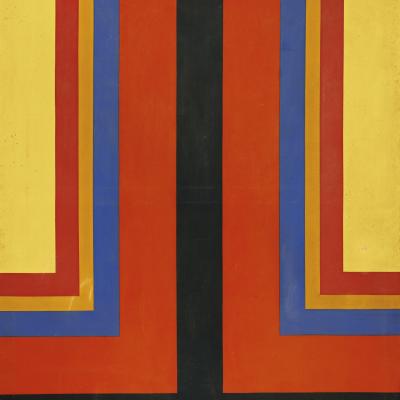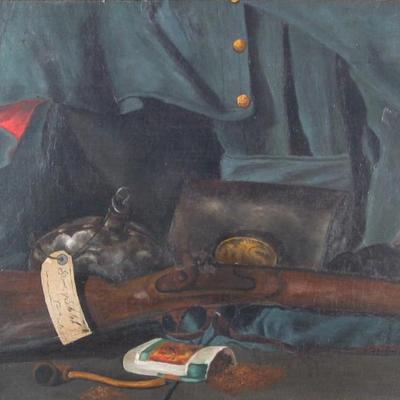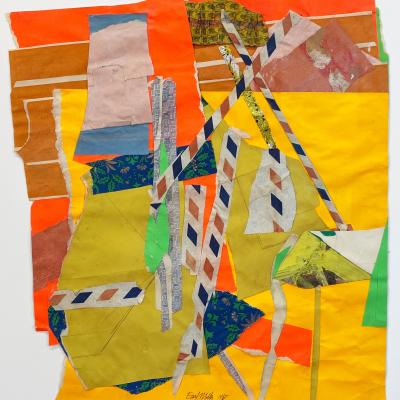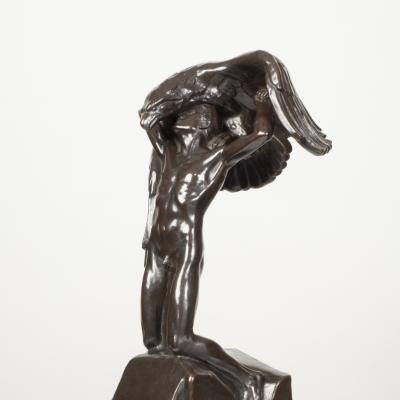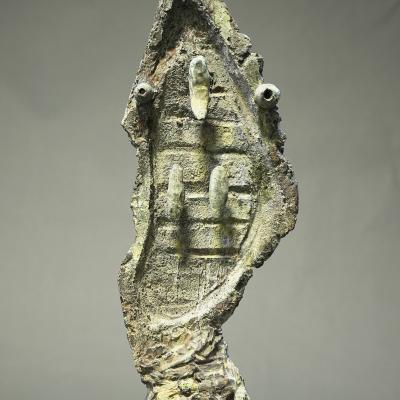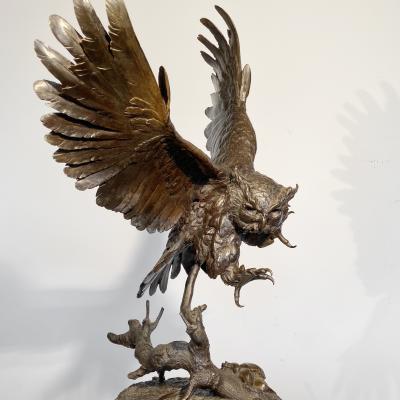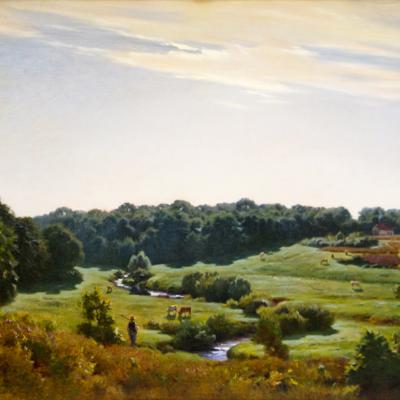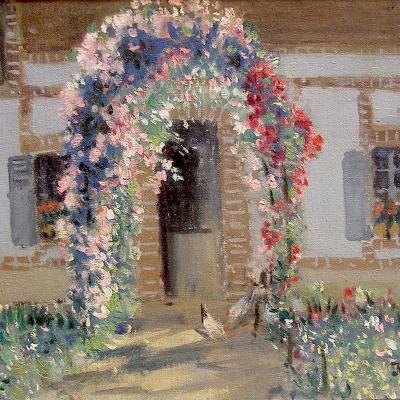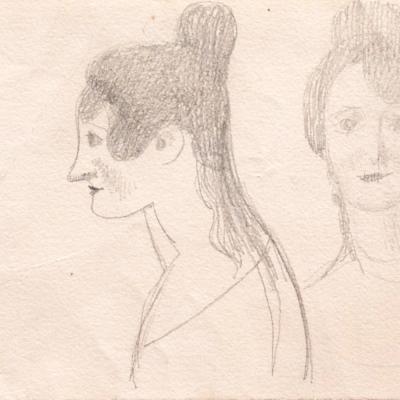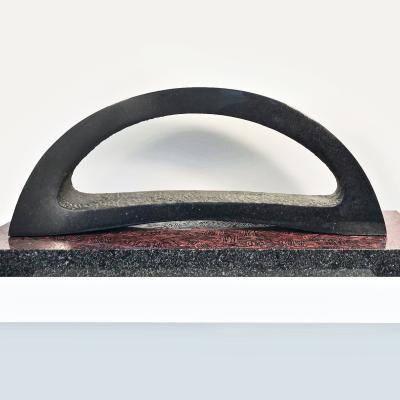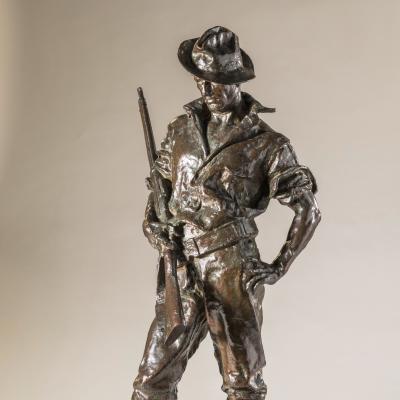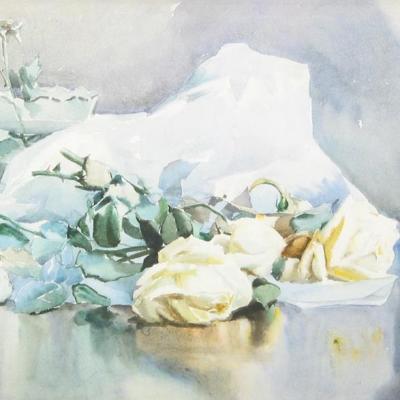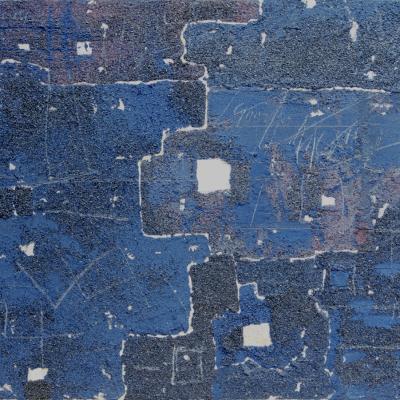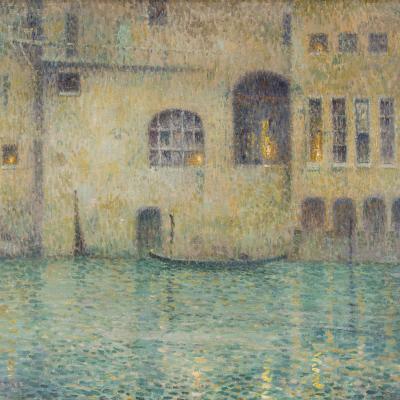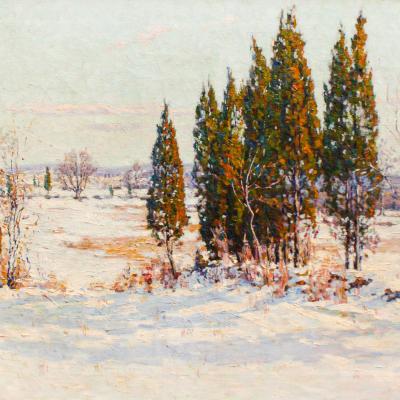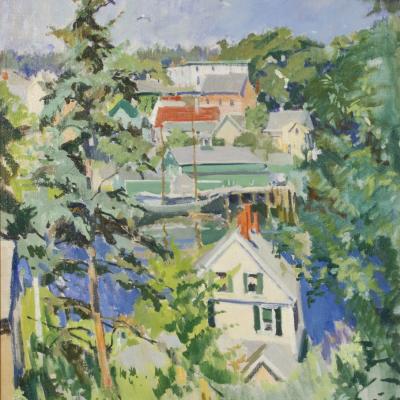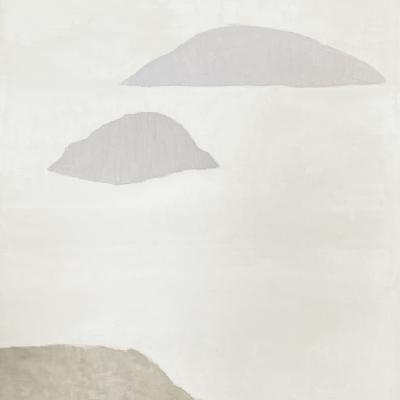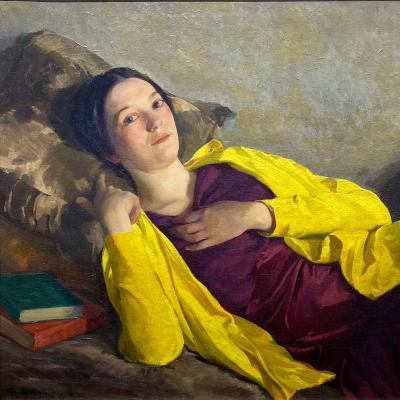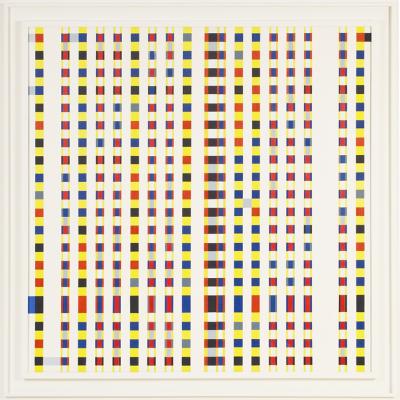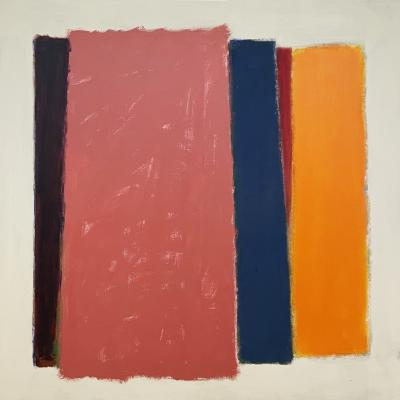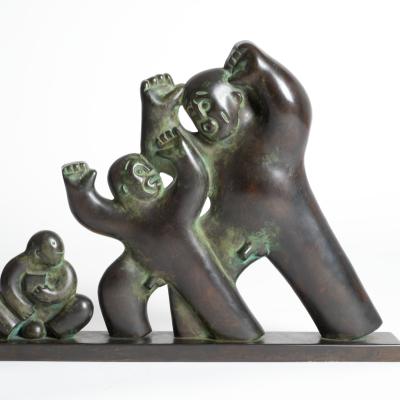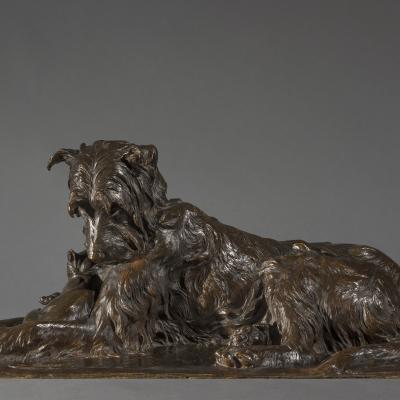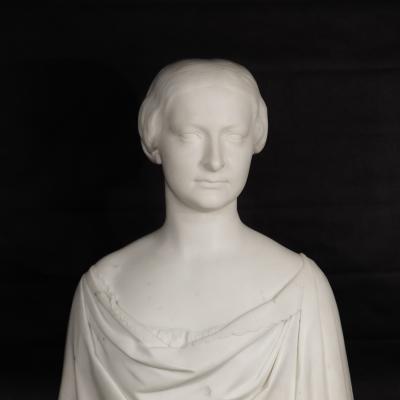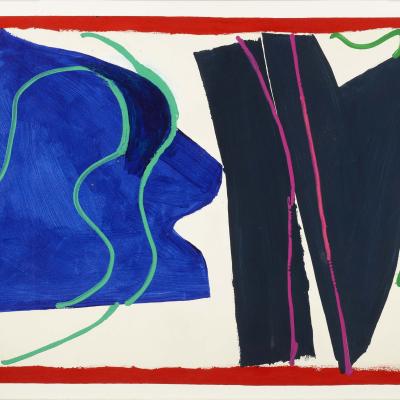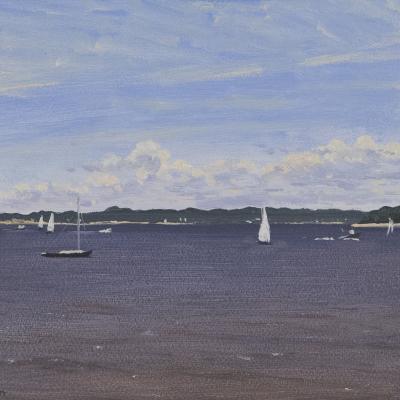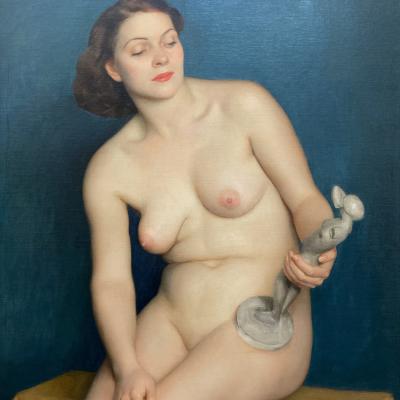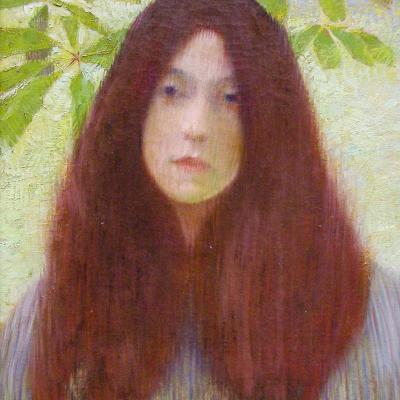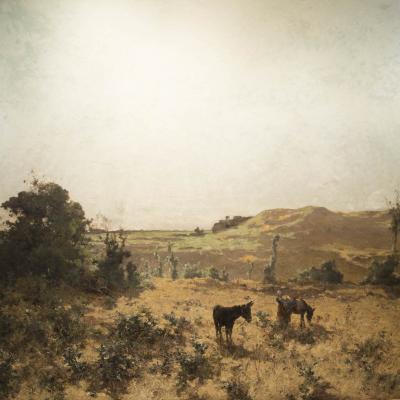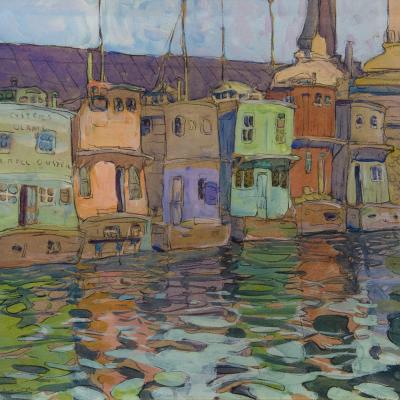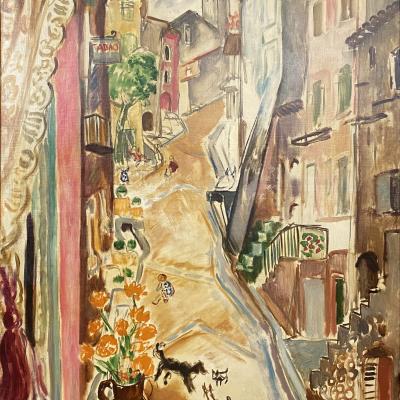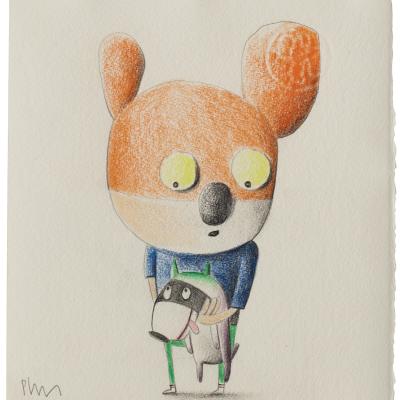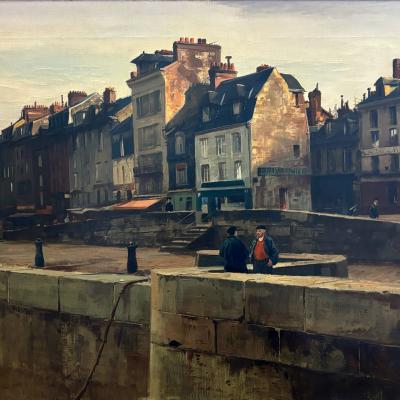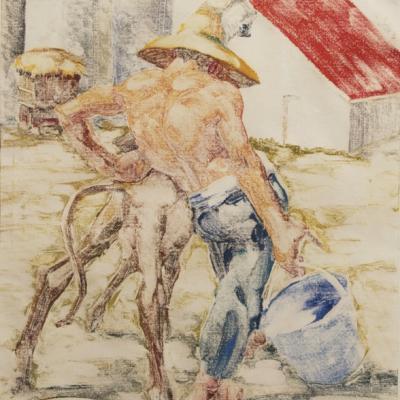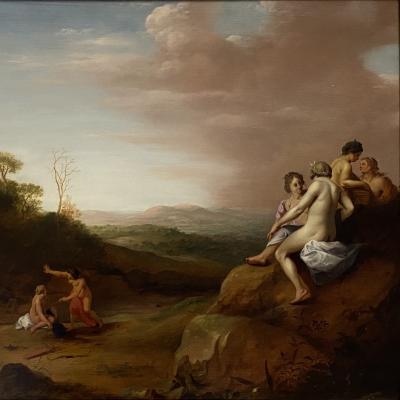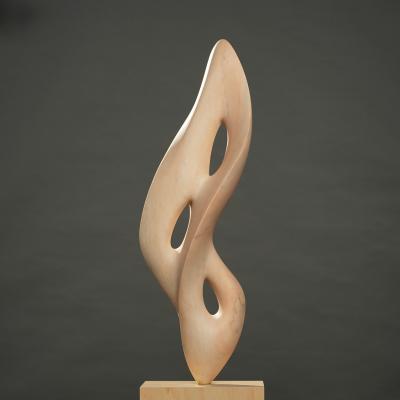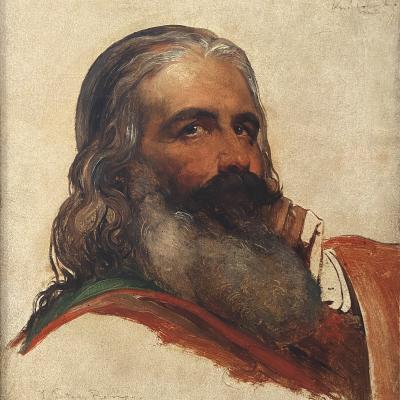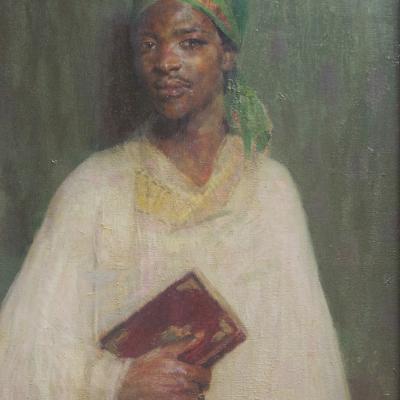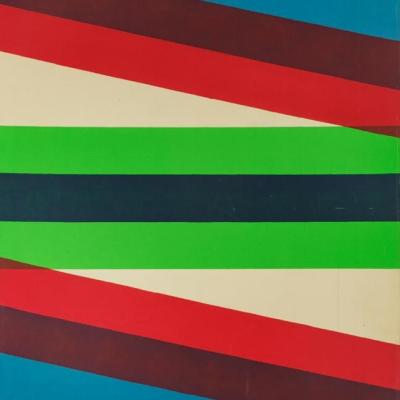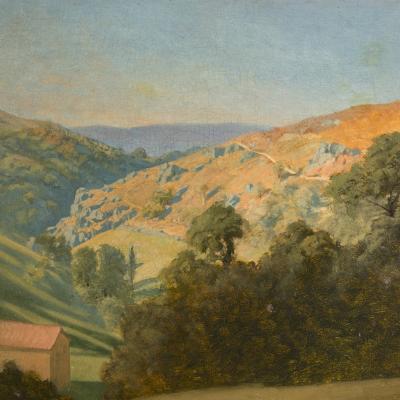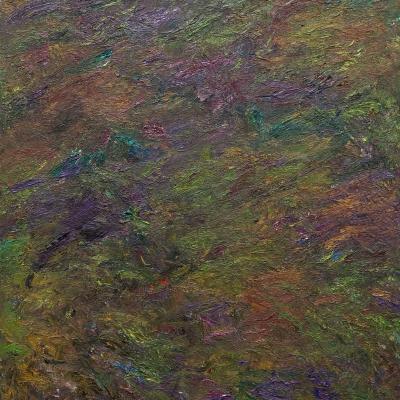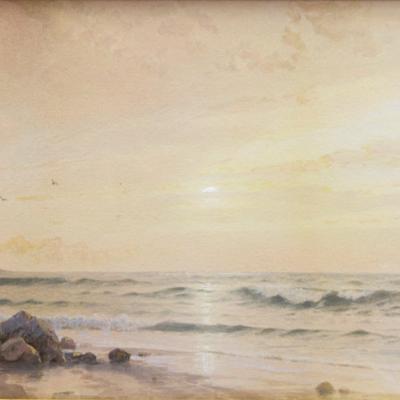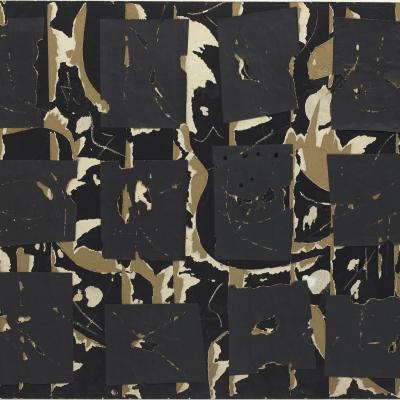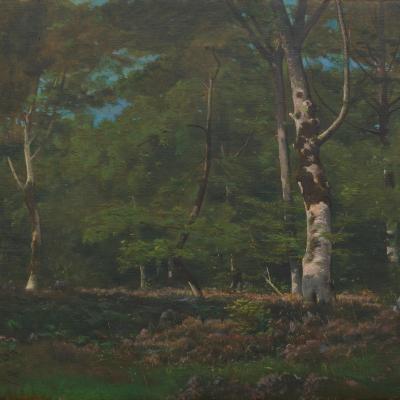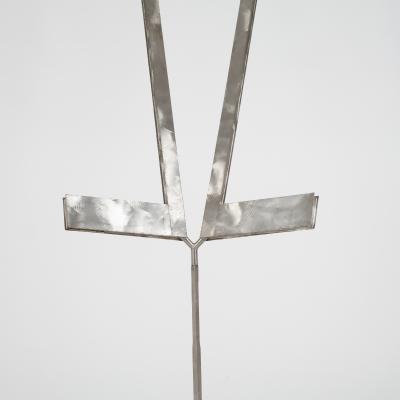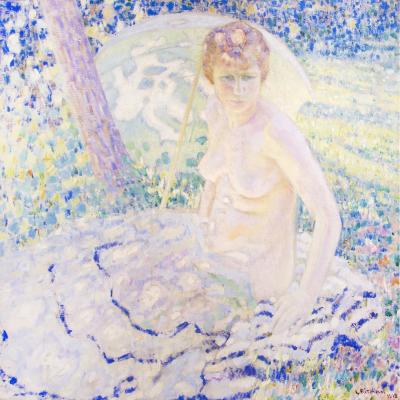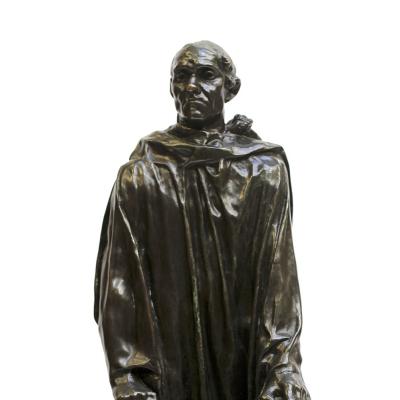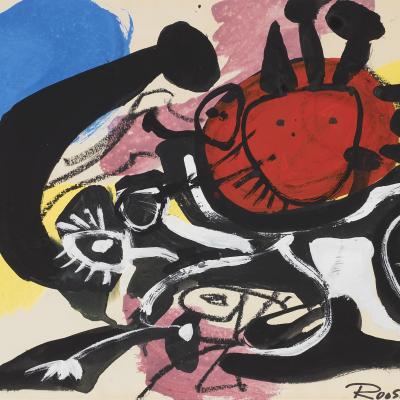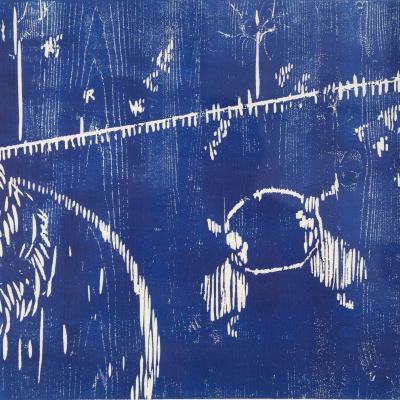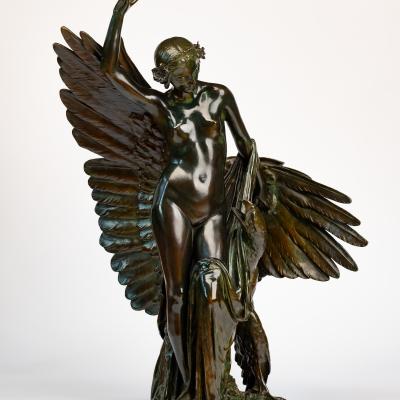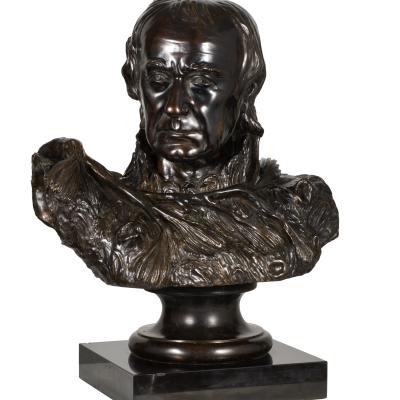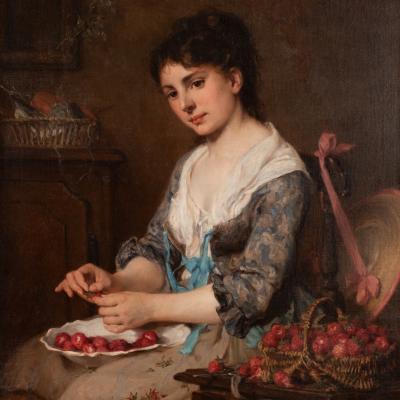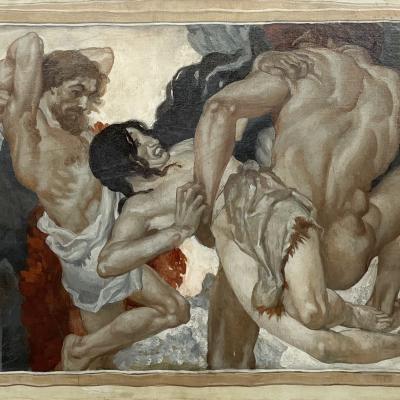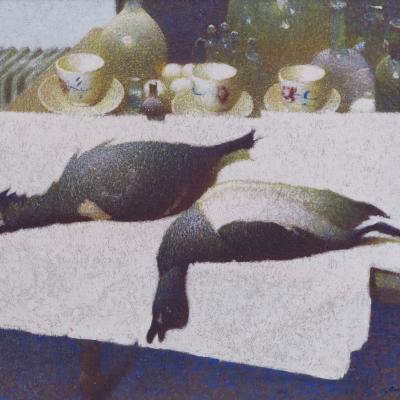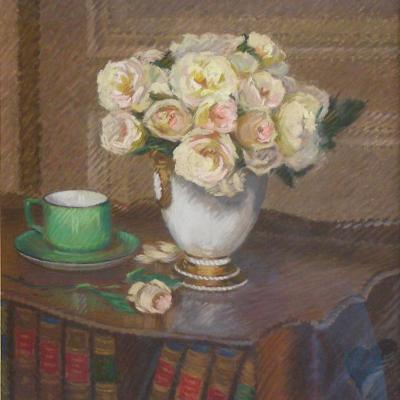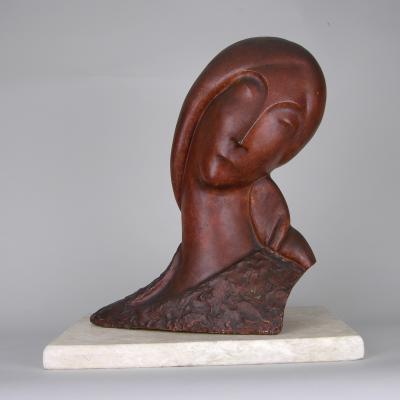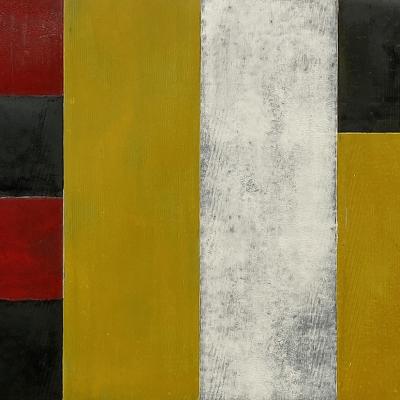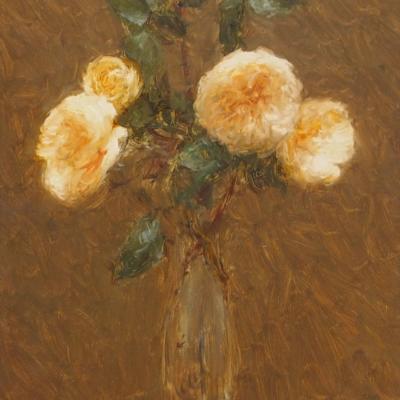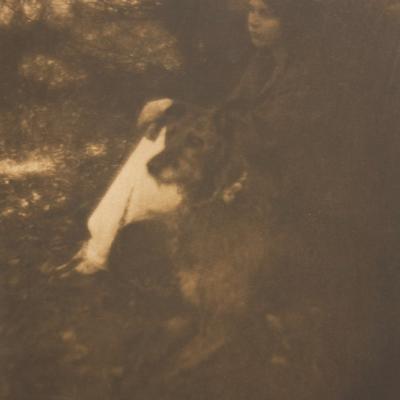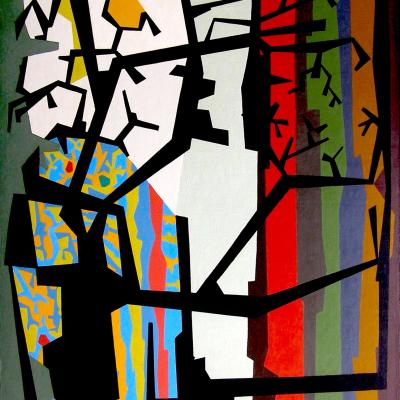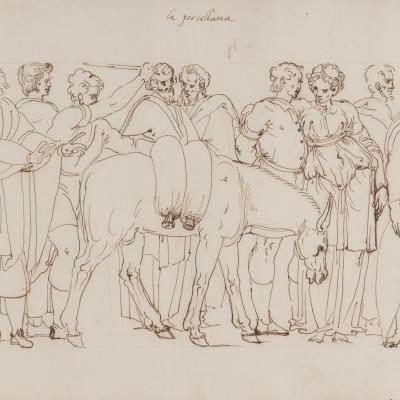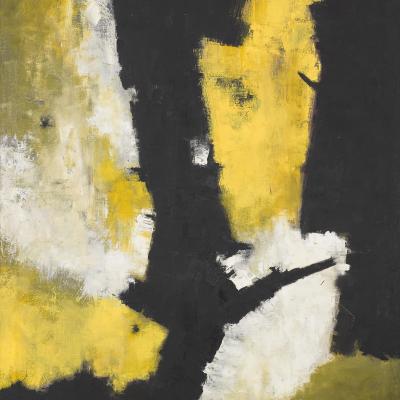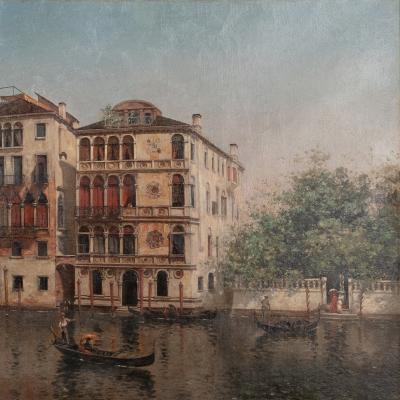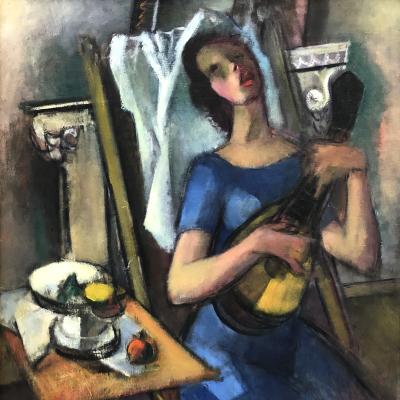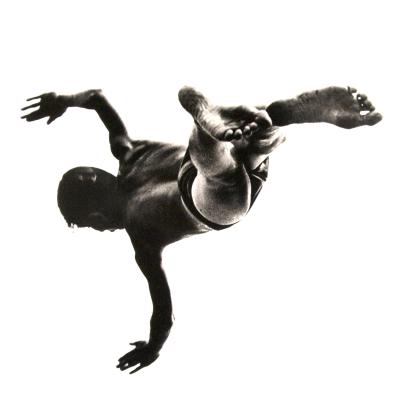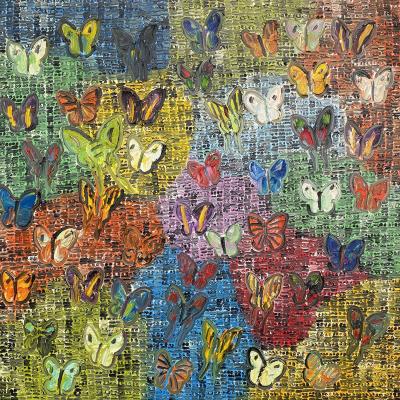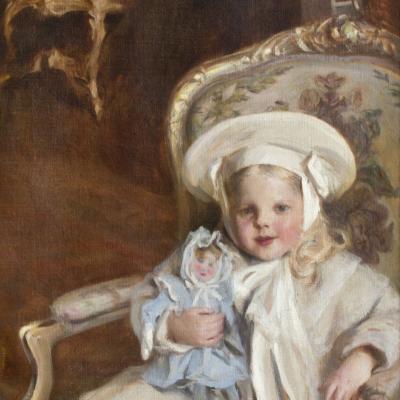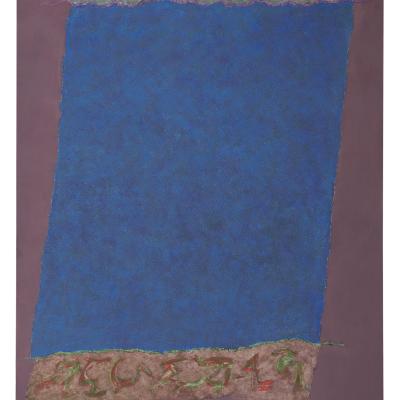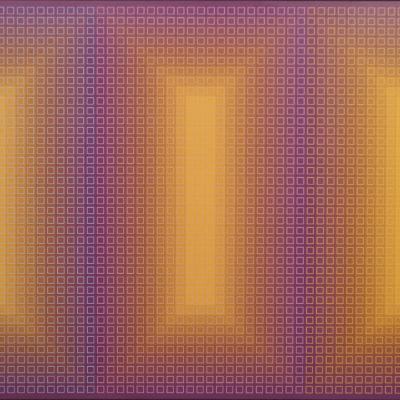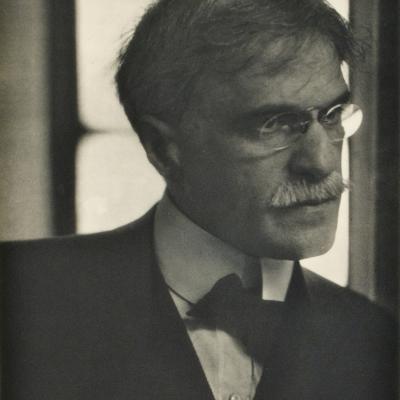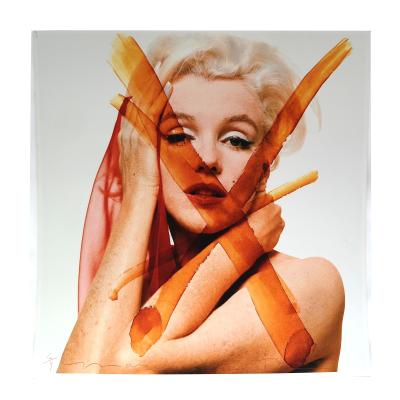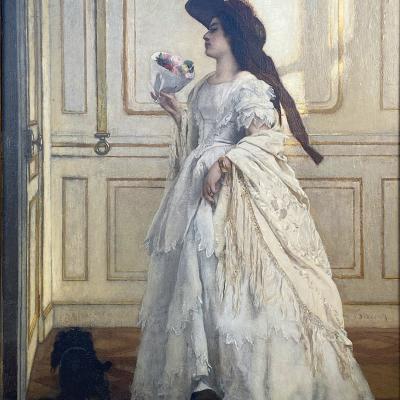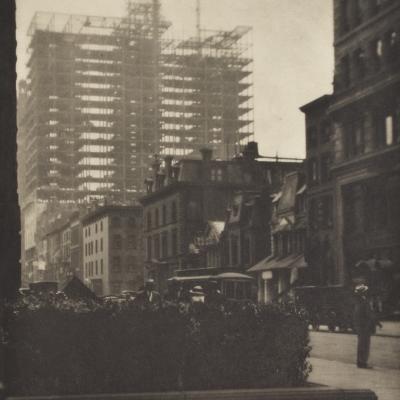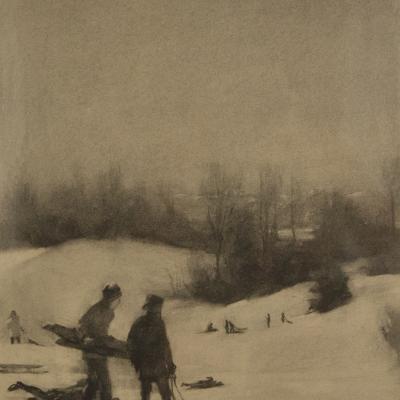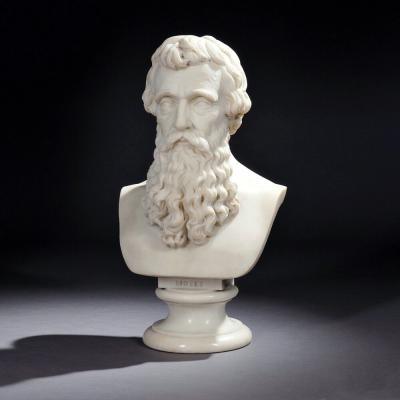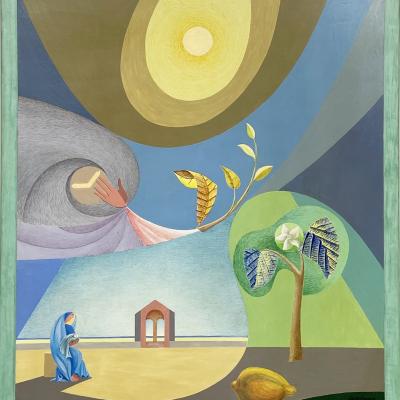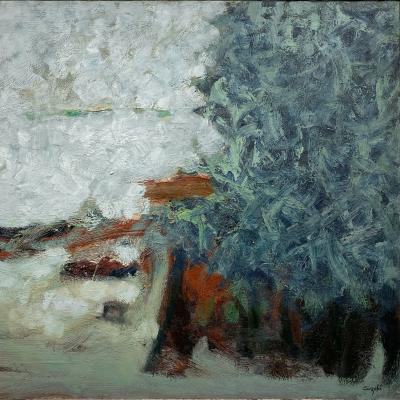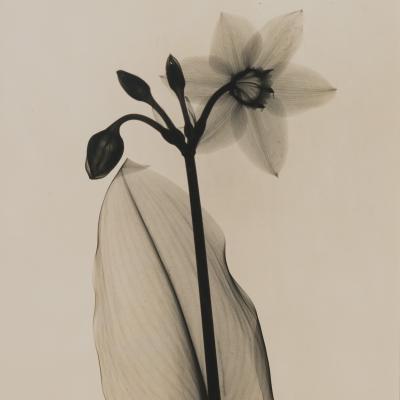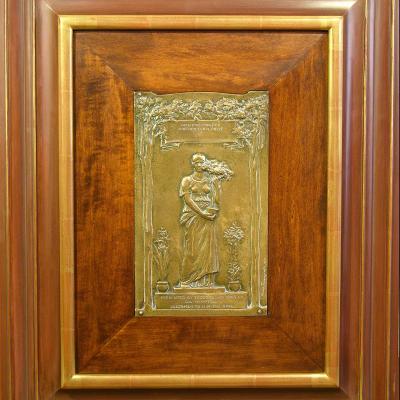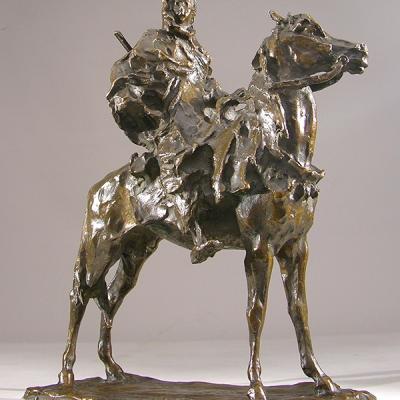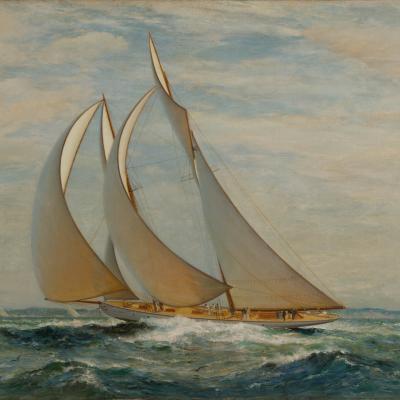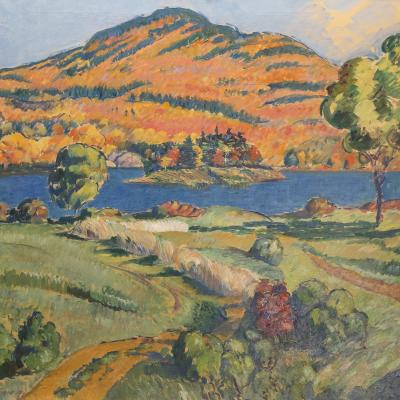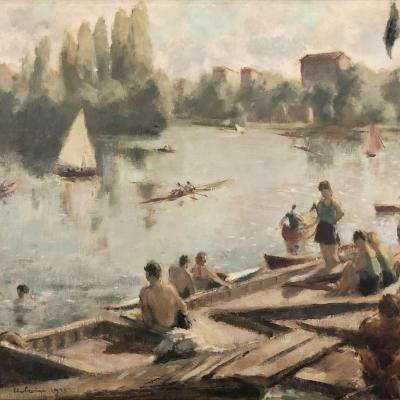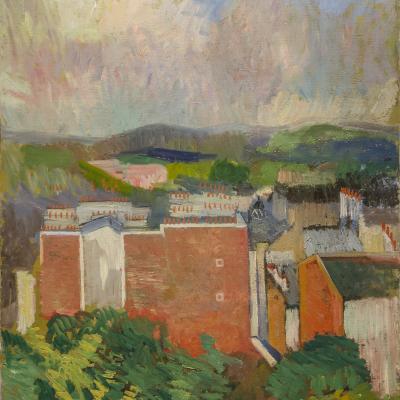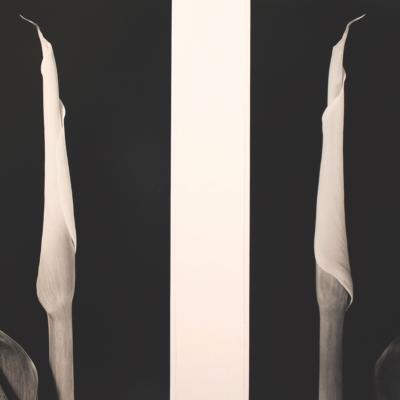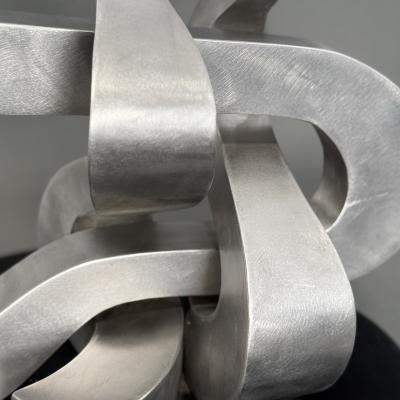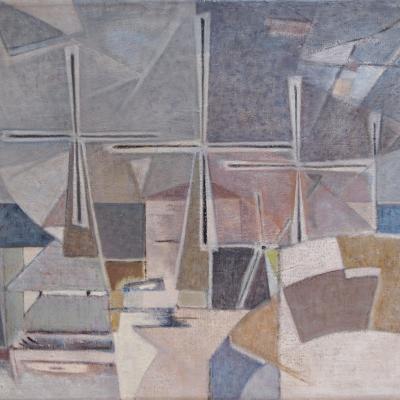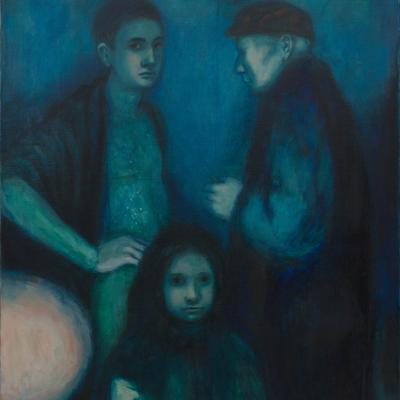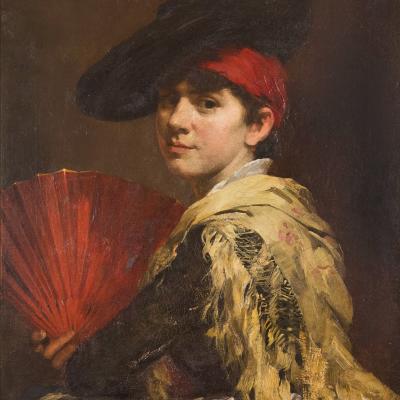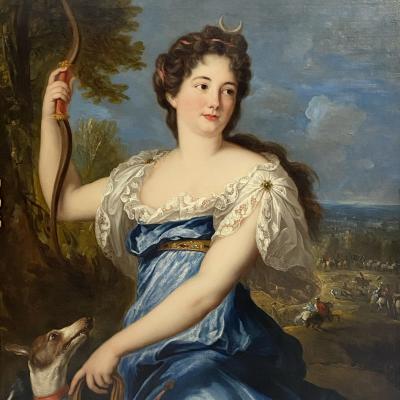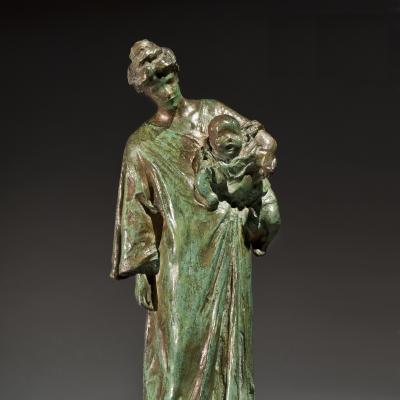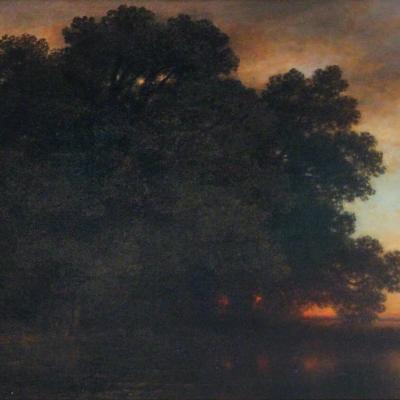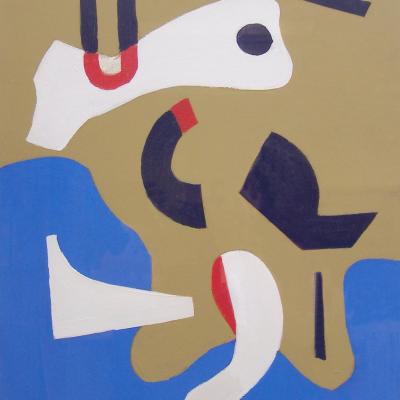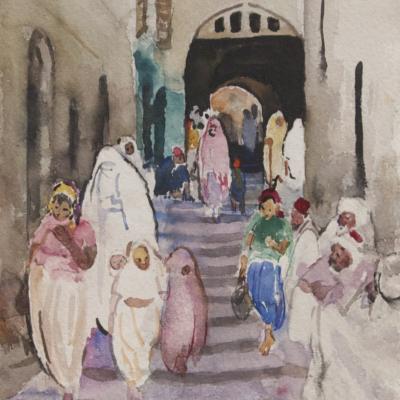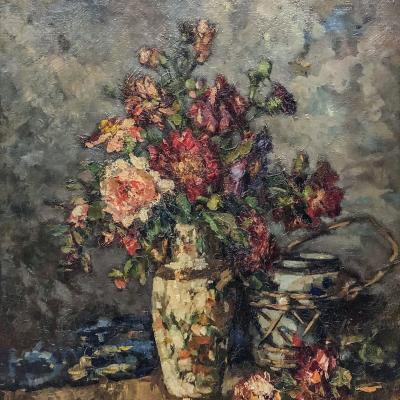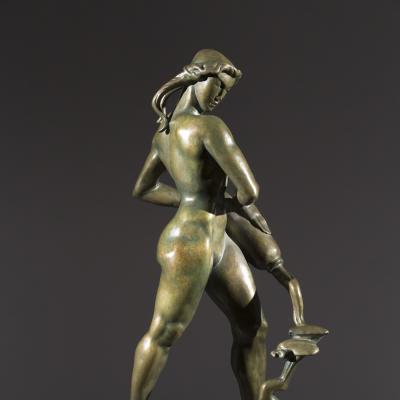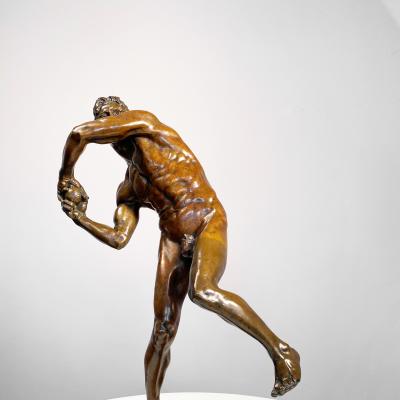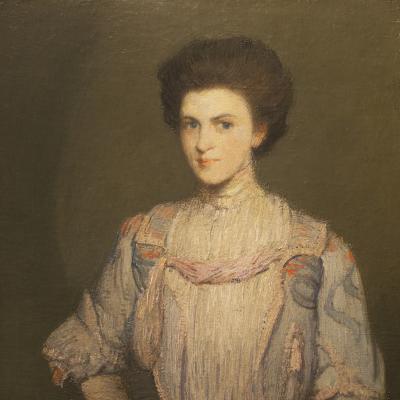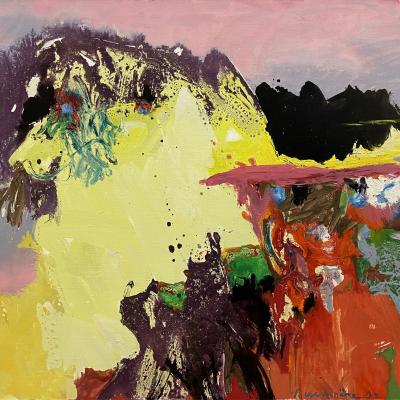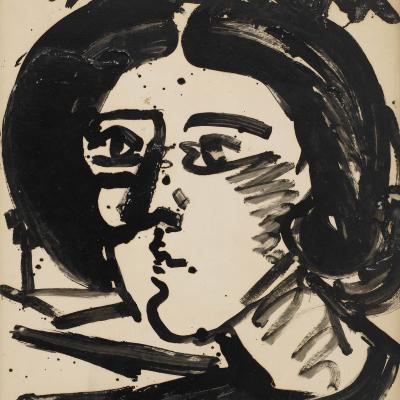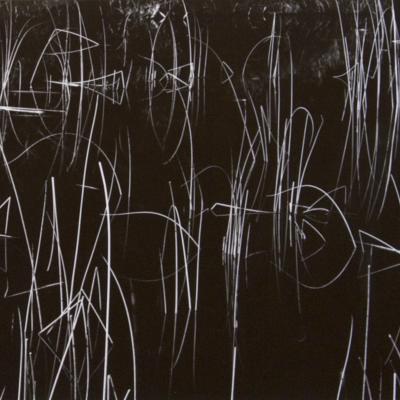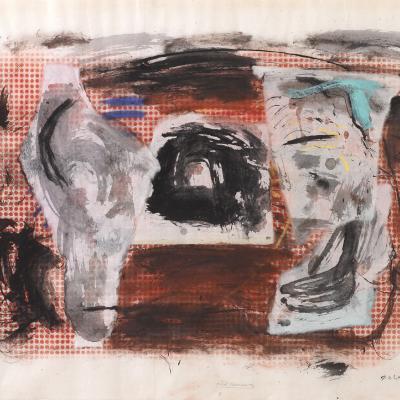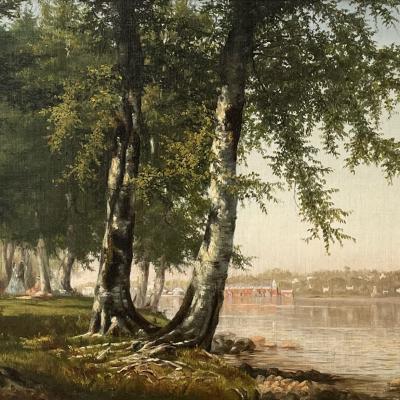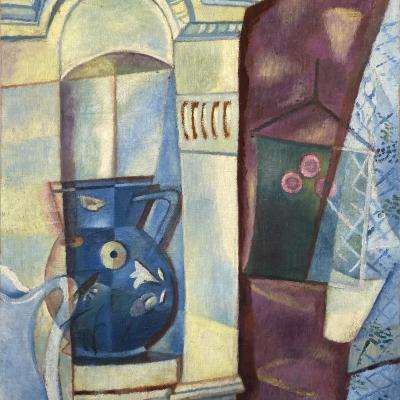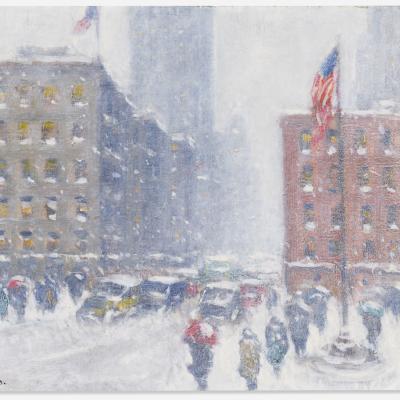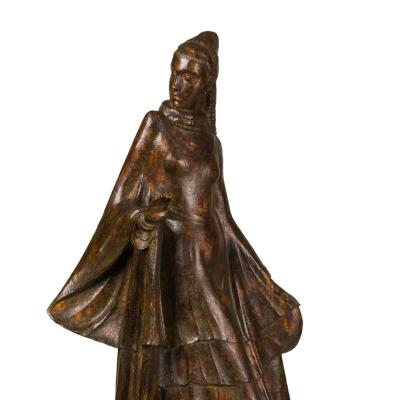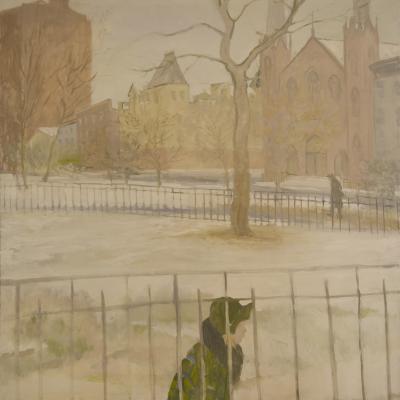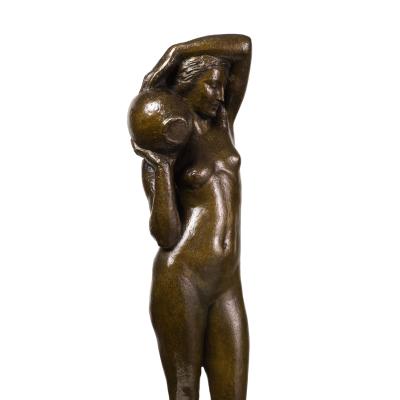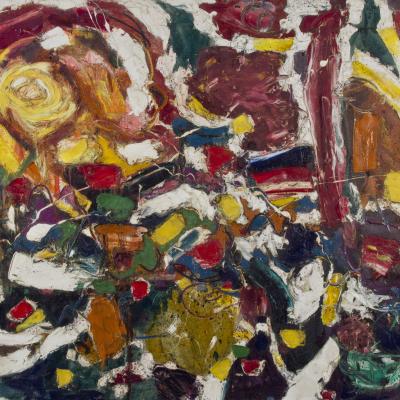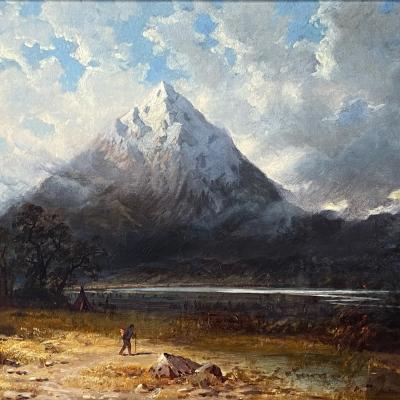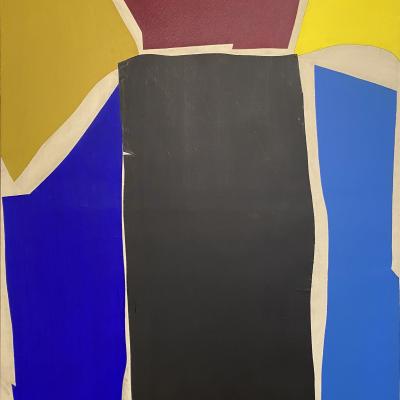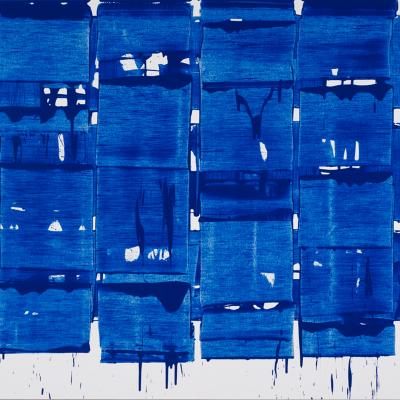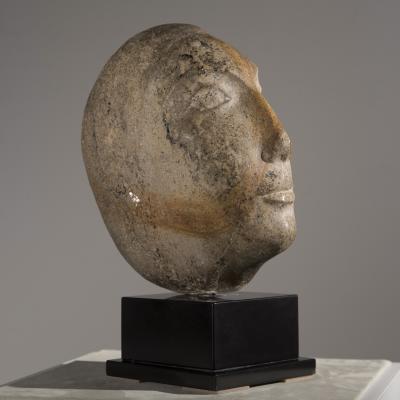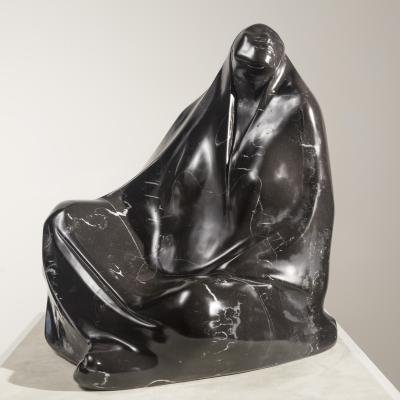-
Abbott, Mary
-
Abel-Truchet, Louis
-
Accardi, Carla
-
Adams, Ansel Easton
-
Adonoo, Negyem
-
Alexander, John White
-
Alleaume, Ludovic
-
André, Benjamin-Marie-Albert
-
Anuszkiewicz, Richard
-
Appel, Karel
-
Appleby, Theodore
-
Armstrong, Christopher
-
Atchugarry, Pablo
-
Atlan, Jean-Michel
-
Aubrun, François
-
Avery, March
-
Avery, Milton
-
Avery, Sally Michel
-
Babcock, William
-
Baber, Alice
-
Baily, Edward Hodges
-
Ball, Thomas
-
Baril, Tom
-
Barnes, Ernie
-
Barnet, Will
-
Barrett, Bill
-
Barye, Antoine-Louis
-
Batcheller, Frederick Stone
-
Baugniet, Charles-Louis
-
Beach, Chester
-
Beal, Gifford
-
Bengston, Billy Al
-
Bentley, Claude
-
Bentley, John William
-
Benton, Thomas Hart
-
Benzoni, Giovanni Maria
-
Bernard, Emile
-
Bernhard, Ruth
-
Berthelsen, Johann
-
Bertoia, Harry
-
Binet, Victor Jean Baptiste Barthelemy
-
Blossfeldt, Karl
-
Bluhm, Norman
-
Boehm, Sir Joseph Edgar
-
Boilly, Louis-Leopold
-
Bolotowsky, Ilya
-
Bonestell, Chesley
-
Bonheur, Isidore Jules
-
Borg, Disney NASA
-
Borglum, Gutzon
-
Boucher, François
-
Boulton, Joseph Lorkowski
-
Bourdelle, Emile Antoine
-
Boyle, John Joseph
-
Bracht, Eugen Felix Prosper
-
Brasilier, André
-
Breton, Jules
-
Bricher, Alfred Thompson
-
Bridgman, Frederick Arthur
-
Briggs, Ernest
-
Brodhead, Quita Berl
-
Brouillet, Pierre André
-
Brown, Hilton
-
Brown, Roger
-
Buck, Claude
-
Bultman, Frtiz
-
Burlin, Paul
-
Burr, Fannie C.
-
Bush, Norton
-
Butler, Theodore Earl
-
Butterfield, Deborah
-
Buttersworth, James Edward
-
Cain, Auguste-Nicolas
-
Camoin, Charles
-
Carlier, Max Albert
-
Carlsen, Soren Emil
-
Carone, Nicolas
-
Carpeaux, Jean-Baptiste
-
Carrier-Belleuse, Albert-Ernest
-
Cartier-Bresson, Henri
-
Cassigneul, Jean-Pierre
-
Catlett, Elizabeth
-
Cauchois, Eugene Henri
-
Cavallon, Giorgio
-
Chadwick, Lynn
-
Chin, Hsiao
-
Chintreuil, Antoine
-
Chong, Jared Young
-
Christensen, Dan
-
Christensen, Mads
-
Clergue, Lucien
-
Coarding, Gerald
-
Cobrun, Alvin Landgon
-
Coburn, Alvin Landgon
-
Condo, George
-
Cook, Robert
-
Cornoyer, Paul
-
Cortès, Édouard Leon
-
Cottavoz, André
-
Cottingham, Robert
-
Cox, Kenyon
-
Crane, Bruce
-
Crawford, Thomas
-
Cross, Bernice
-
Currier, Mary Ann
-
Curtis, Edward Sheriff
-
Custis, Eleanor Parke
-
d'Épinay, Charles Adrien Prosper
-
d'Hondecoeter, Melchior
-
Dalou, Aimé-Jules
-
Damian, Horia
-
Danowski, Jasmina
-
Daphnis, Nassos
-
Davidson, Jo
-
Davie, Alan
-
Davies, Ken
-
Davis, Gene
-
Davis, Tufts
-
Day, James Francis
-
de Creeft, José
-
de Glehn, Wilfred Gabriel
-
De Lue, Donald Harcourt
-
de Meyer, Baron Adolf
-
de Monfreid, Georges Daniel
-
de Noter, David Emil Joseph
-
de Rivera, José
-
de Scevola, Lucien Victor Guirand
-
Debré, Olivier
-
Delaunay, Sonia
-
Della-Volpe, Ralph
-
Delpy, Hippolyte-Camille
-
Demeurisse, René
-
Denis, Maurice
-
Derain, André
-
Deskey, Donald
-
Diaz de la Pena, Narcisse
-
Dixon, Maria R.
-
Donati, Enrico
-
Downing, Thomas
-
Drewes, Werner
-
Drexler, Lynne Mapp
-
Dubourg, Victoria
-
Dubuffet, Jean
-
Dufner, Edward
-
Dugmore, Edward
-
Dumitresco, Natalia
-
Dumond, Frank Vincent
-
Dupré, Jules
-
Dzubas, Friedel
-
Falguière, Jean Alexandre Joseph
-
Faurer, Louis
-
Fedi, Pio
-
Ferren, John
-
Figari, Pedro
-
Fonseca, Caio
-
Formento & Formento
-
Forster, Michael
-
Francis, Sam
-
Frelinghuysen, Suzy
-
Friedlander, Leo
-
Friis, Frederick Trapp
-
Frishmuth, Harriet Whitney
-
Frost, Sir Terry
-
Garcia, Mario
-
Gausson, Léo
-
Gay, Edward
-
Gay, Walter
-
Germain, Jacques
-
Gerzso, Gunther
-
Gignoux, Regis-Francois
-
Gillespie, Sarah
-
Girardet, Eugène-Alexis
-
Goethe, Joseph
-
Goldberg, Michael
-
Goodnough, Robert Arthur
-
Gordin, Sidney
-
Gorguet, August François Marie
-
Gorky, Arshile
-
Gottlieb, Adolph
-
Grant, Frederick Milton
-
Graves, Abbott Fuller
-
Gray, Cleve
-
Greenwood, Joseph H.
-
Grillo, John
-
Groll, Albert Lorey
-
Grunvald, Samuel
-
Gruppe, Charles Paul
-
Guglielmo, Pecorini
-
Guillaumin, Jean-Baptiste Armand
-
Gunn, James
-
Gwathmey, Robert
-
Hagenauer, Franz
-
Hale, Philip Leslie
-
Hall, Diane Andrews
-
Hannock, Stephen
-
Harper, Lillie Hyde
-
Harris, Carla Jay
-
Harrison, Birge
-
Hart, James McDougal
-
Hartman, Bertram
-
Harvey, Eli
-
Hattori, Tsugio
-
Hayman, Christine
-
Hayter, Stanley William
-
Held, Al
-
Helleu, Paul-César
-
Henry, John
-
Herbert, Mimi
-
Herisson, Louis
-
Hertel, Susan Lautmann
-
Higashida, Zero
-
Hills, Laura Coombs
-
Hines, Felrath
-
Hiquily, Philippe
-
Hitchcock, George
-
Höfer, Candida
-
Hofmann, Hans
-
Holty, Carl
-
Horst, Horst P.
-
Howalt & Søndergaard, Nicolai & Trine
-
Humphriss, Charles H.
-
Hutchens, Frank T.
-
Jacquand, Louis
-
Jacquet, Gustave
-
Jarvis, Millicent
-
Jeannin, Georges
-
Jenkins, Paul
-
Jennewein, Carl Paul
-
Jirouch, Frank Luis
-
Jonghe, Gustave De
-
Kahn, Wolf
-
Kalish, Max
-
Kanter, Norman
-
Katchadourian, Sarkis
-
Kato, Hajime
-
Kawashima, Takeshi
-
Kelly, Robert
-
Kendall, William Sergeant
-
Kieff, Antonio Grediaga
-
Kirk, Jerome
-
Klimt, Gustav
-
Knight, Louis Aston
-
Knoll, Florence
-
Kobell, Ferdinand
-
Koch, John
-
Komarin, Gary
-
Koons, Jeff
-
Korbel, Mario
-
Kühn, Heinrich
-
Kupka, František
-
Kurtz, Benjamin Turner
-
L'Hermitte, Léon-Augustin
-
Lambeaux, Jef Marie Thomas
-
Lambert-Rucki, Jean
-
Lamy, Pierre Désiré Eugène Franc
-
Larche, François-Raoul
-
Lassaw, Ibram
-
Latapie, Louis
-
Laugé, Achille
-
Laurencin, Marie
-
LeBasque, Henri
-
Lecomte, Paul-Emile
-
Legrand, Louis
-
Lehr, Adam
-
Lesourd-Beauregard, Agne-Louis-Guillaume
-
Lewitt, Sol
-
Liberman, Alexander
-
Lie, Jonas
-
Little, John
-
Lobrichon, Timoléon Marie
-
Loew, Michael
-
Loir, Luigi
-
Loiseau, Gustave
-
Longman, Evelyn Beatrice
-
Lorenz, Nancy
-
Lorjou, Bernard
-
Lovet-Lorski, Boris
-
Macdonald-Wright, Stanton
-
MacMonnies, Frederick William
-
MacRae, Elmer Livingston
-
MacRae, Wendall
-
Madelain, Gustave
-
Mandelman, Beatrice
-
Manievich, Abraham
-
Mann, David
-
Manship, Paul Howard
-
Marca-Relli, Conrad
-
Marevna, Marie
-
Marin, John
-
Marini, Marino
-
Marqueste, Laurent Honoré
-
Marsh, Reginald
-
Martin, Henri
-
Martin, Jacques
-
Martin-Ferrières, Jacques
-
Martinelli, Ezio
-
Martínez, Alfredo Ramos
-
Maryan, Pinchas
-
Matter, Herbert
-
Maurer, Alfred H.
-
McCartan, Edward
-
Mcdonnell, Mary
-
McLane, Jean
-
Mehring, Howard
-
Merida, Carlos
-
Meunier, Constantin
-
Meurer, Charles Alfred
-
Michaux, Henri
-
Middleton, Sam
-
Mihich, Vasa Velizar
-
Milhazes, Beatriz
-
Miller, Earl Beauford
-
Milles, Carl
-
Milstein, Jeffrey
-
Miralles, Francisco
-
Miró, Joan
-
Moeller, Louis Charles
-
Moigniez, Jules
-
Monchablon, Jean Ferdinand
-
Moni, Coco
-
Montagne, Marius Pierre
-
Montézin, Pierre-Eugène
-
Mora, Francis Luis
-
Moret, Henry
-
Morley, Malcolm
-
Mortimer, John Hamilton
-
Motherwell, Robert
-
Mozier, Joseph
-
Mulhaupt, Frederick J.
-
Müller, Jan
-
Murphy, Hermann Dudley
-
Nadelman, Elie
-
Nagare, Masayuki
-
Natkin, Robert
-
Newman, Allen George
-
Nicholls, Rhoda Holmes
-
Nichols, Dale
-
Niizuma, Minoru
-
Noël, Georges
-
Noyes, George Loftus
-
Nuse, Roy C.
-
Oberteuffer, George
-
Ochikubo, Tetsuo
-
Okada, Kenzo
-
Okamura, Arthur
-
Okimoto, Jerry Tsukio
-
Olinsky, Ivan
-
Omofemi, Oluwole
-
Ongenae, Josef
-
Opper, John
-
Orsi, Achille d'
-
Otsuka, Kiyoshi
-
Otterness, Tom
-
Pace, Stephen
-
Paillet, Charles
-
Palmer, Erastus Dow
-
Parker, Raymond
-
Parkes, Simon
-
Paxton, William McGregor
-
Pearce, Charles Sprague
-
Pelouse, Léon Germain
-
Pereira, Irene Rice
-
Perlman, Joel
-
Perrachon, André
-
Perrault, Leon Jean Basile
-
Peterson, Jane
-
Petitjean, Edmond Marie
-
Phillips, Roger
-
Picknell, William Lamb
-
Pierce, Waldo
-
Pina, Alfredo
-
Piper, Jane
-
Plans, Edgar
-
Pleissner, Ogden
-
Plummer, Elmer
-
Polenburch, Cornelis Van
-
Polidori, Robert
-
Pomodoro, Arnaldo
-
Poncet, Antoine
-
Poons, Larry
-
Portaels, Jean-François
-
Pousette-Dart, Richard
-
Puigaudeau, Ferdinand Du
-
Purdy, Donald R.
-
Pushman, Hovsep
-
Pynacker, Adam
-
Reed, Paul
-
Regnault, Henri
-
Régnier, Nicolas
-
Renoir, Pierre-Auguste
-
Resika, Paul
-
Resnick, Milton
-
Ribot, Germain Théodore
-
Ribot, Théodule
-
Rice, Anne Estelle
-
Richards, William Trost
-
Richenburg, Robert
-
Richet, Leon
-
Rickey, George
-
Ritman, Louis
-
Rivers, Larry
-
Robb, Jeff
-
Rodin, Auguste
-
Rooskens, Anton
-
Rosenblum, Jay
-
Rossi, Paul
-
Roth, Jack
-
Roybet, Ferdinand Victor Léon
-
Rude, Francois
-
Rush, William
-
Saccaro, John
-
Saint-Jean, Paul
-
Saito, Kikuo
-
Sato, Key
-
Saura, Antonio
-
Savage, Eugene Francis
-
Schley, Reeve
-
Schmitt, Carl
-
Schuffenecker, Claude Emile
-
Schwartz, William S.
-
Scully, Sean
-
Seach, Victor
-
Seaton, Paul Raymond
-
Seeley, George
-
Sennhauser, John
-
Setti, Ercole
-
Shaw, Charles Green
-
Sheppard, Warren W.
-
Shrady, Henry Merwin
-
Sidaner, Henri Le
-
Signac, Paul
-
Simkhovitch, Simka
-
Siskind, Aaron
-
Skeele, Harriet (Hannah) Brown
-
Slobodkina, Esphyr
-
Slonem, Hunt
-
Smedley, William Thomas
-
Smith, Seton
-
Softić, Tanja
-
Solomon, Syd
-
Springford, Vivian
-
Stadler, Albert
-
Stamos, Theodoros
-
Stanczak, Julian
-
Stankiewicz, Richard
-
Steichen, Edward
-
Stern, Bert
-
Stevens, Alfred Emile Leopold
-
Stieglitz, Alfred
-
Stoddard, Alice Kent
-
Stone, Horatio
-
Survage, Léopold
-
Suzuki, James Hiroshi
-
Tamayo, Rufino
-
Tasker, Dain
-
Thomas, Yvonne
-
Thornycroft, Sir William H.
-
Tobey, Mark
-
Togashi, Minoru
-
Totten, Don
-
Tournières, Robert
-
Triquet, Jules Octave
-
Troller, Fred
-
Troubetzkoy, Prince Paul
-
Tworkov, Jack
-
Tyler, James Gale
-
Tyson, Carroll S.
-
Valadon, Suzanne
-
Vallarino, Vincent
-
Valtat, Louis
-
Van de Bovenkamp, Hans
-
Van Doren, Adam
-
van Os, Pieter Frederik
-
van Velde, Geer
-
Vedder, Elihu
-
Vicente, Esteban
-
Vidito, Diane
-
Vinton, Frederic Porter
-
Voet, Jacob Ferdinand
-
Vonnoh, Bessie Potter
-
Vosberg, Heinrich
-
Vuillard, Édouard
-
Vytlacil, Vaclav
-
Walter, Martha
-
Weger, Marie
-
Wein, Albert
-
Weinman, Adolph Alexander
-
Weir, Julian Alden
-
Wemaëre, Pierre
-
West, Michael (Corinne)
-
Weston, Brett
-
Whitten, Jack
-
Whittredge, Thomas Worthington
-
Wicht, John von
-
Wickenburg, Alfred
-
Wiggins, Guy Carleton
-
Wijnants, Ernest
-
Williams, Wheeler
-
Wilson, Jane
-
Wlérick, Robert
-
Woelffer, Emerson

